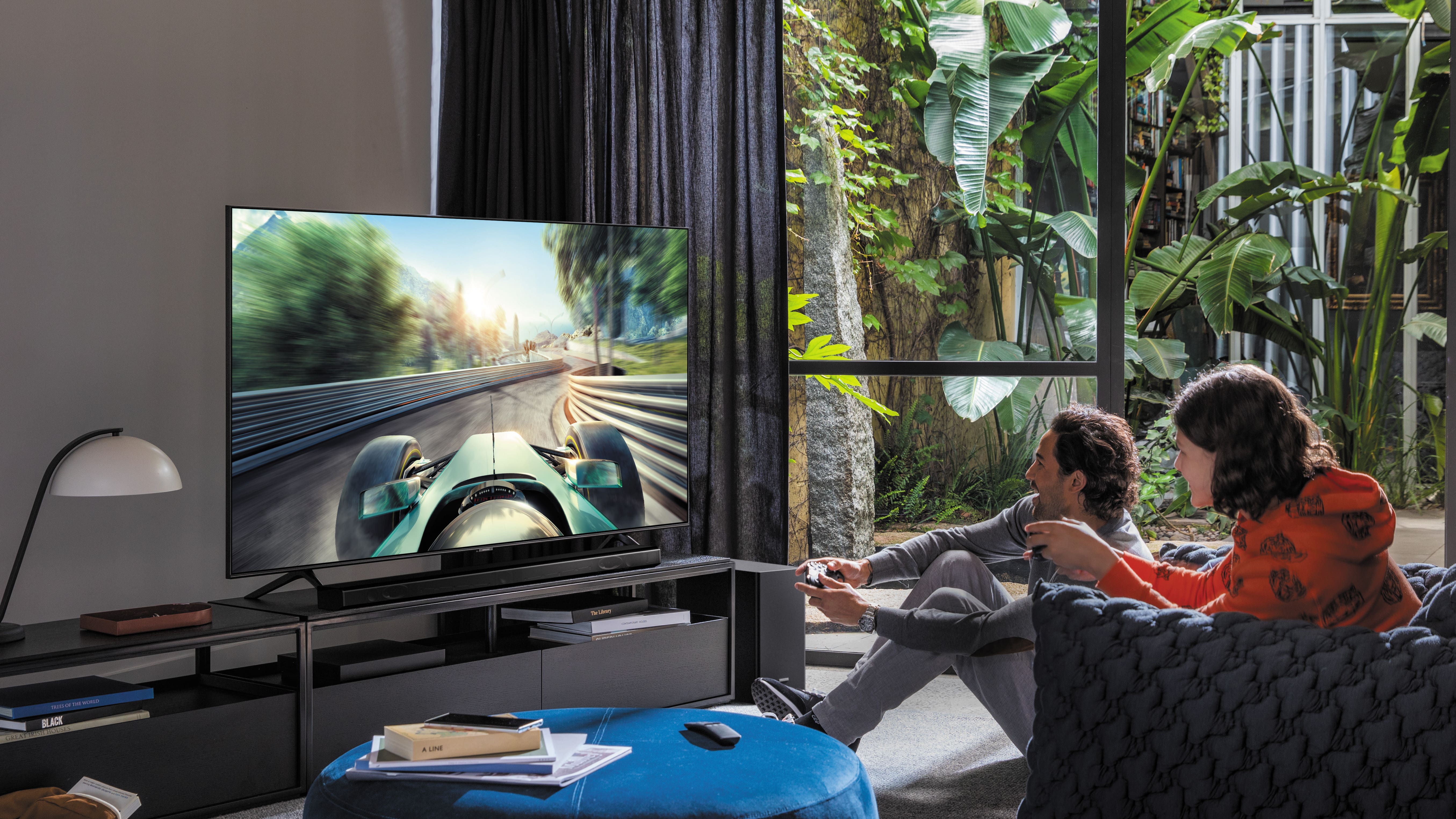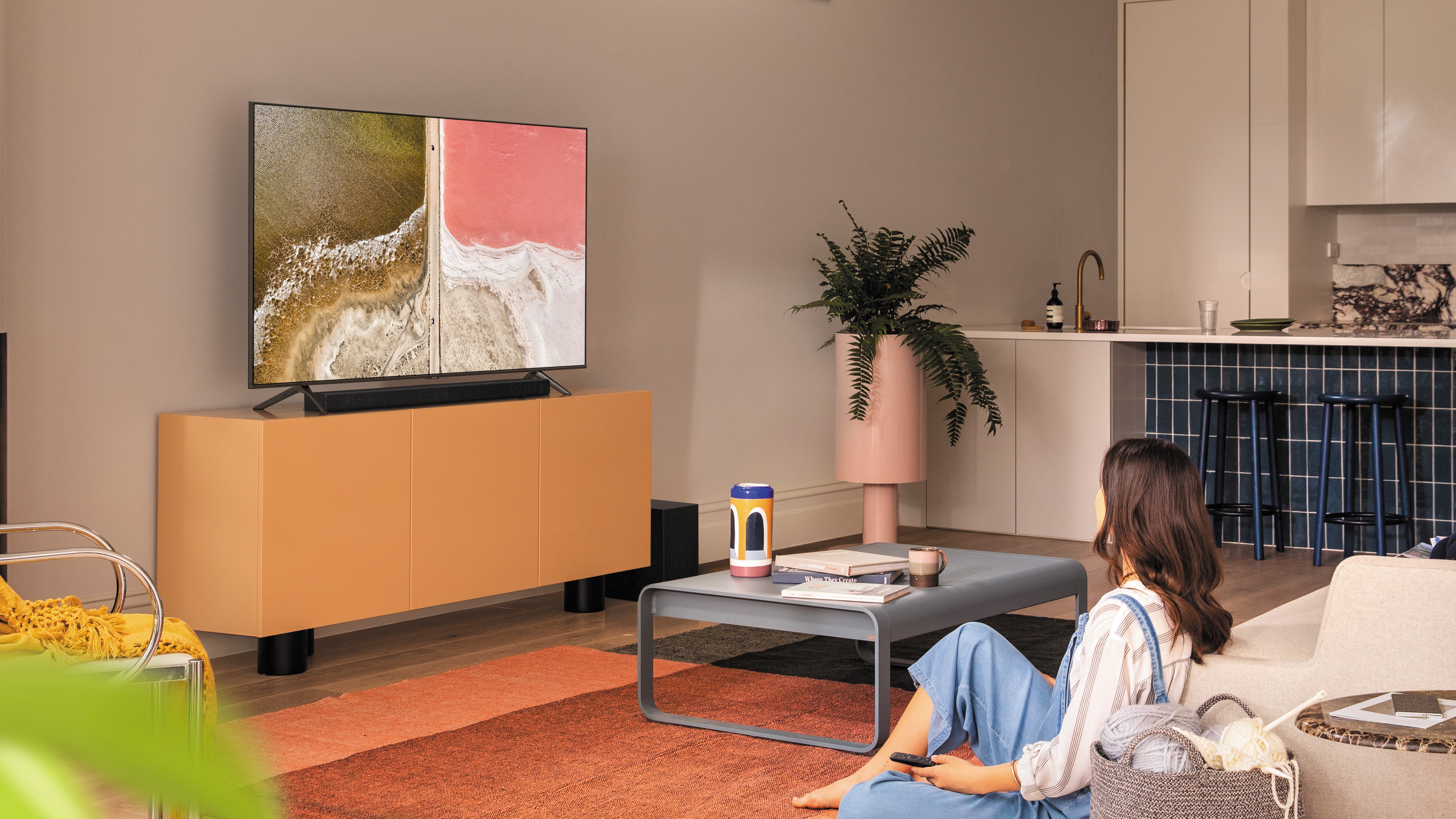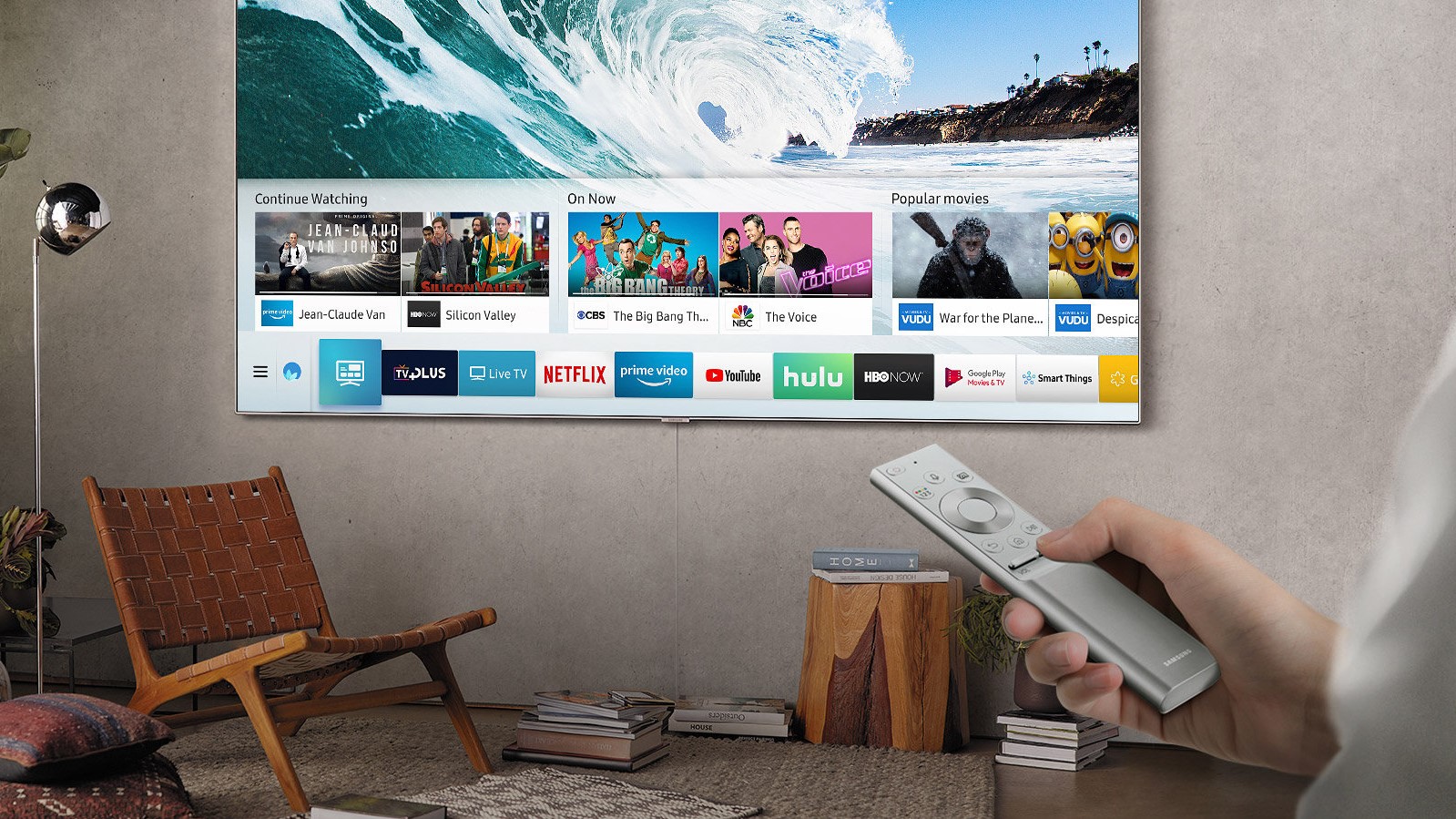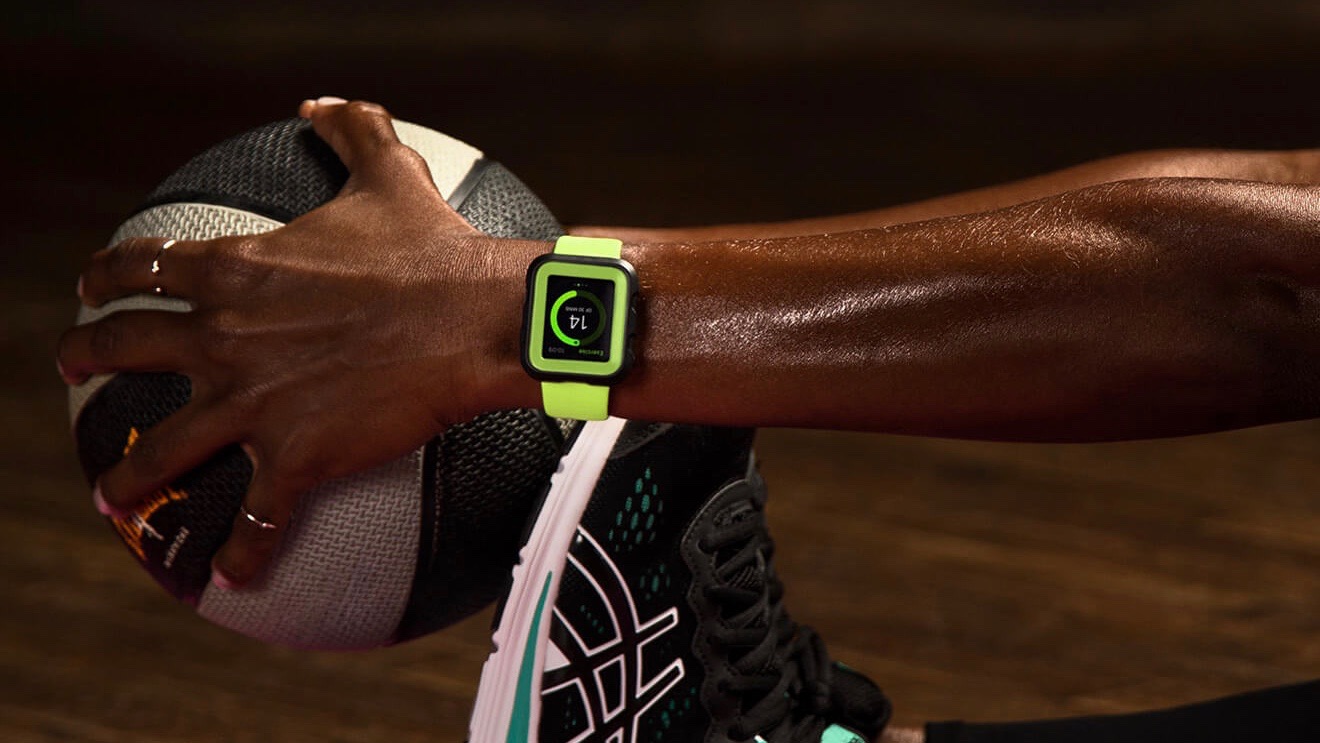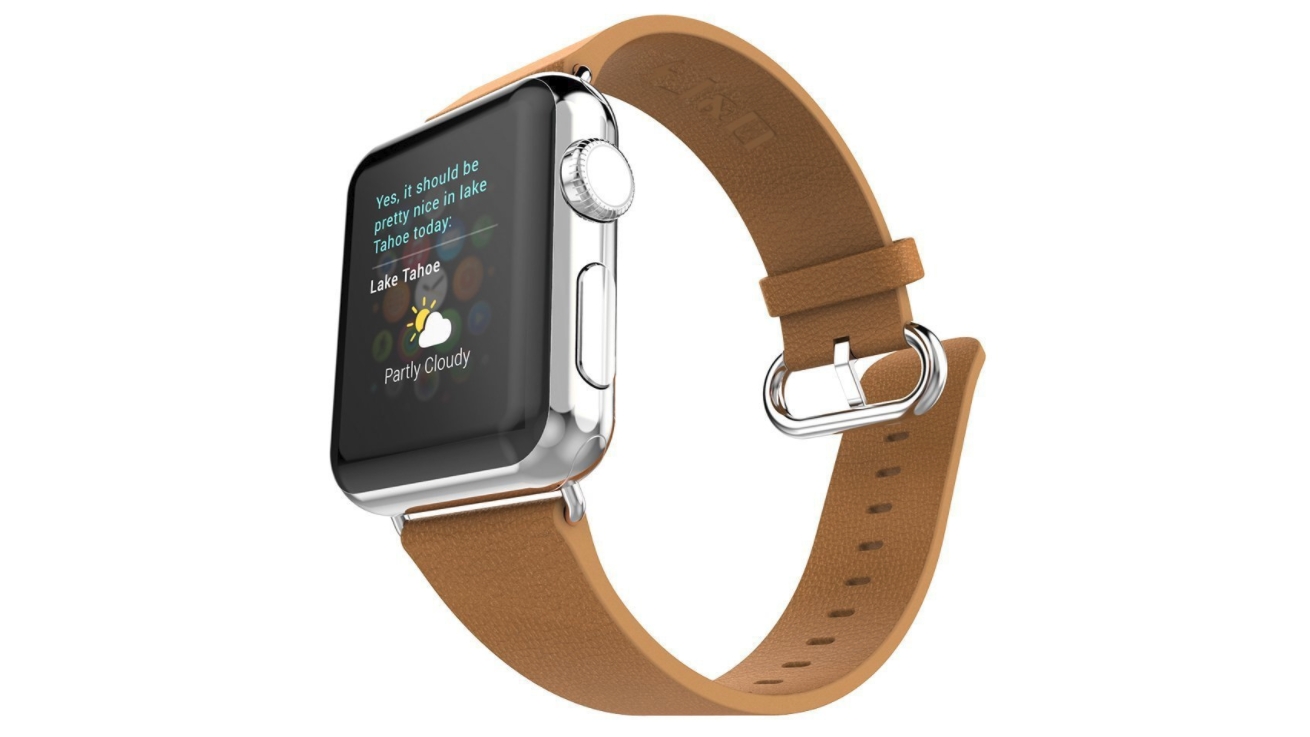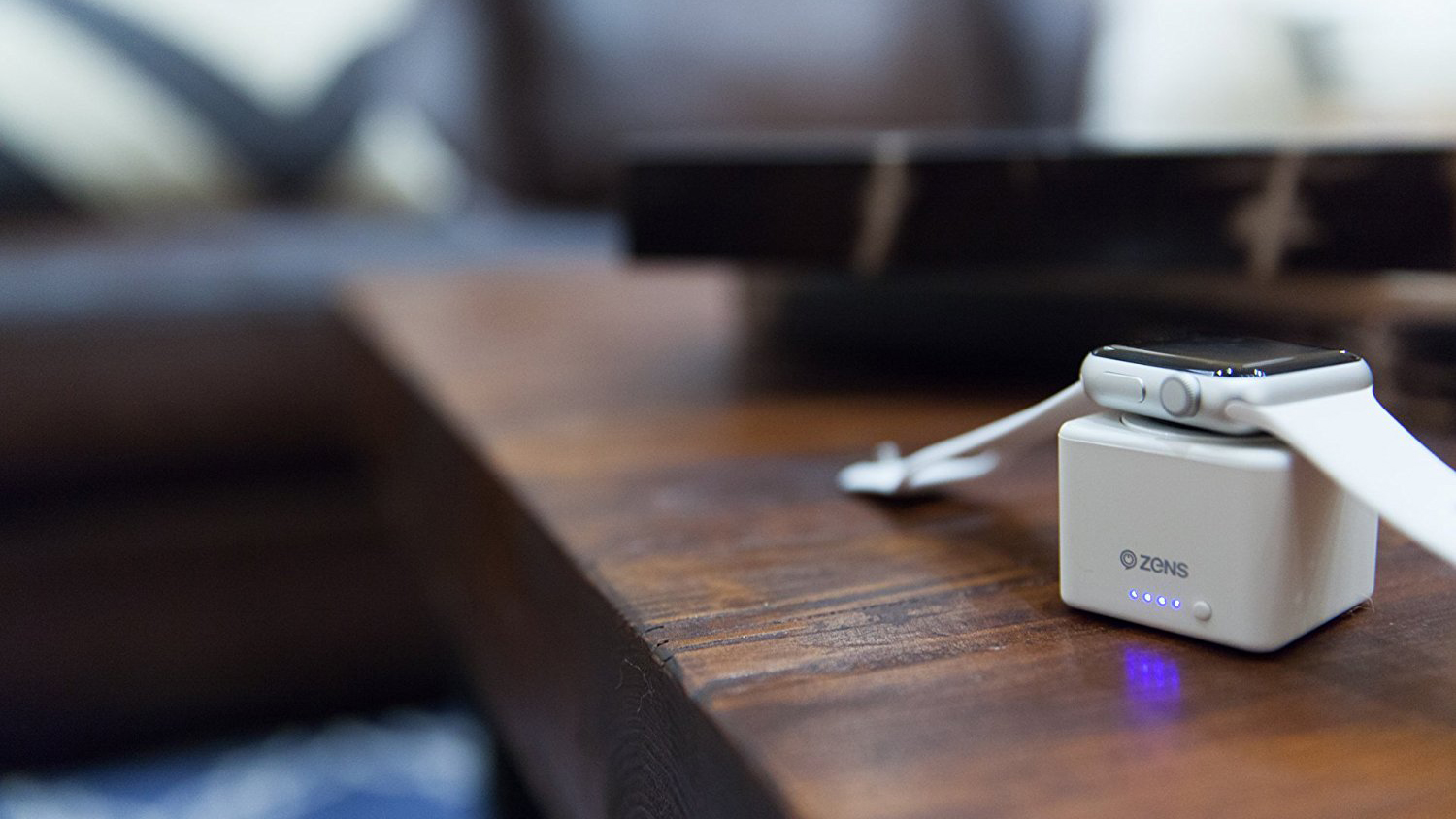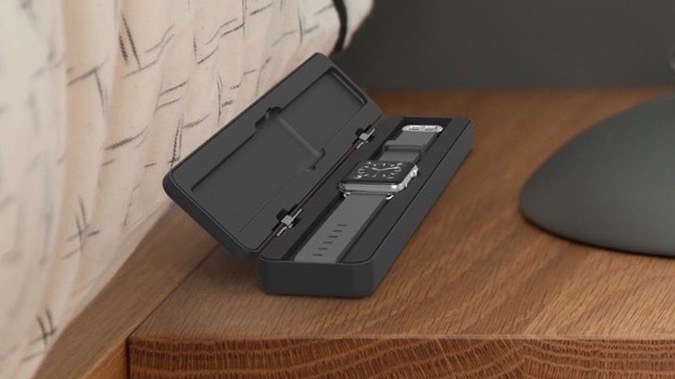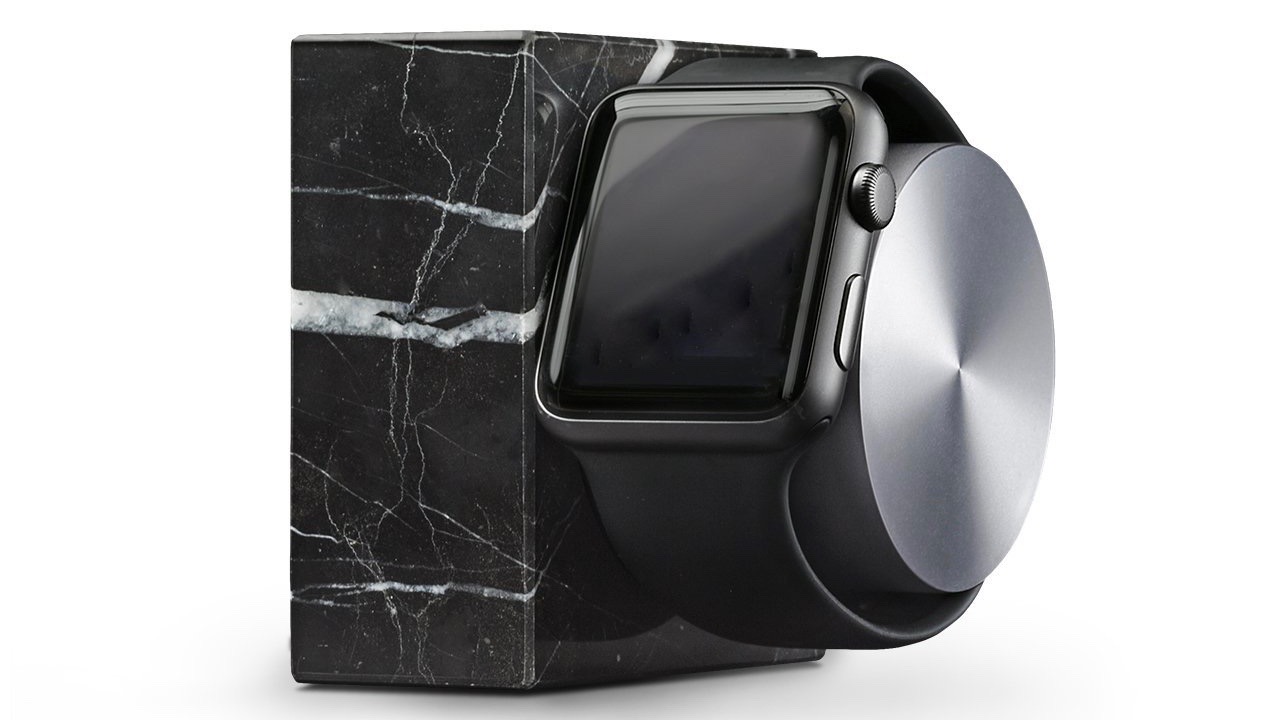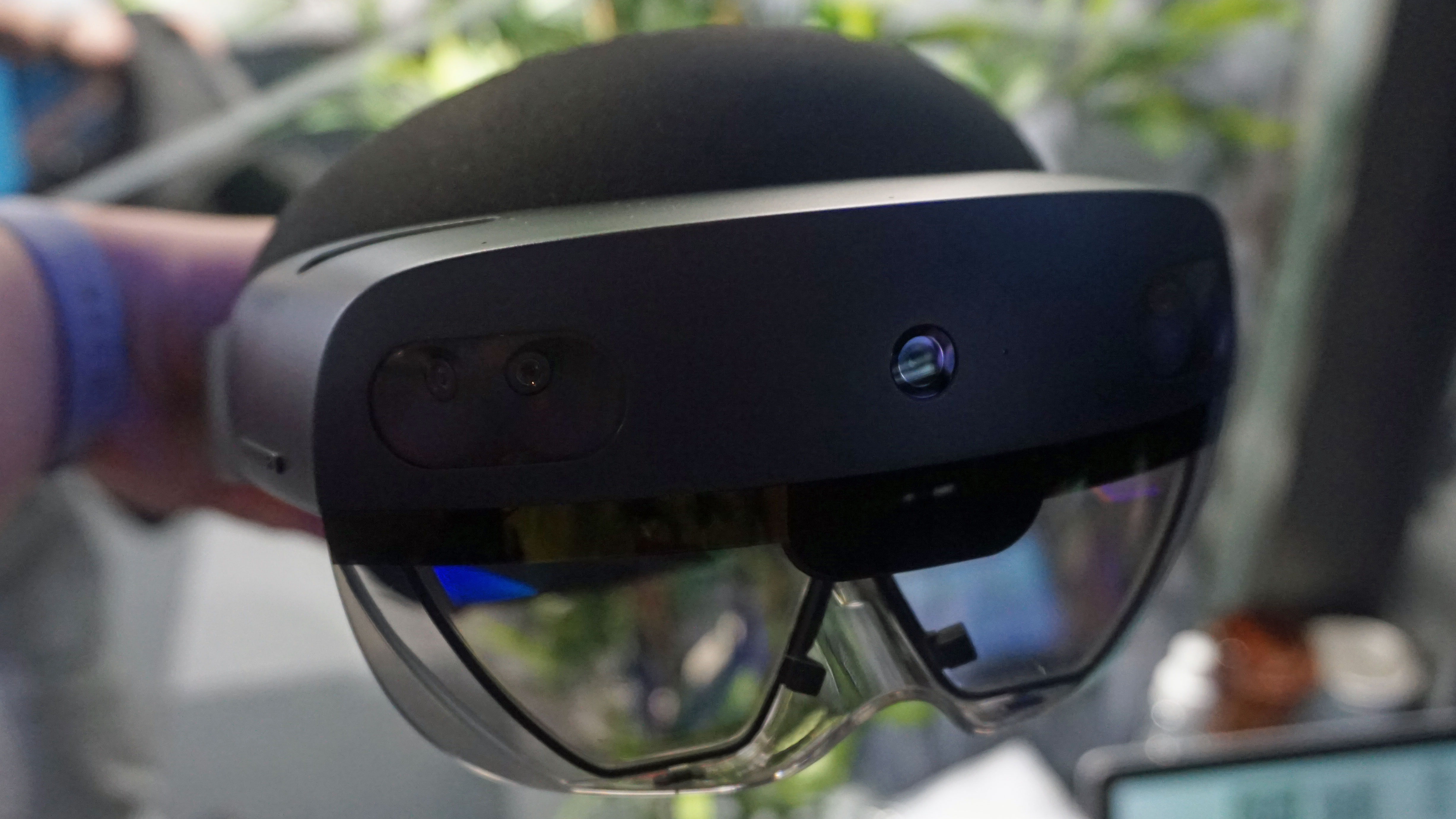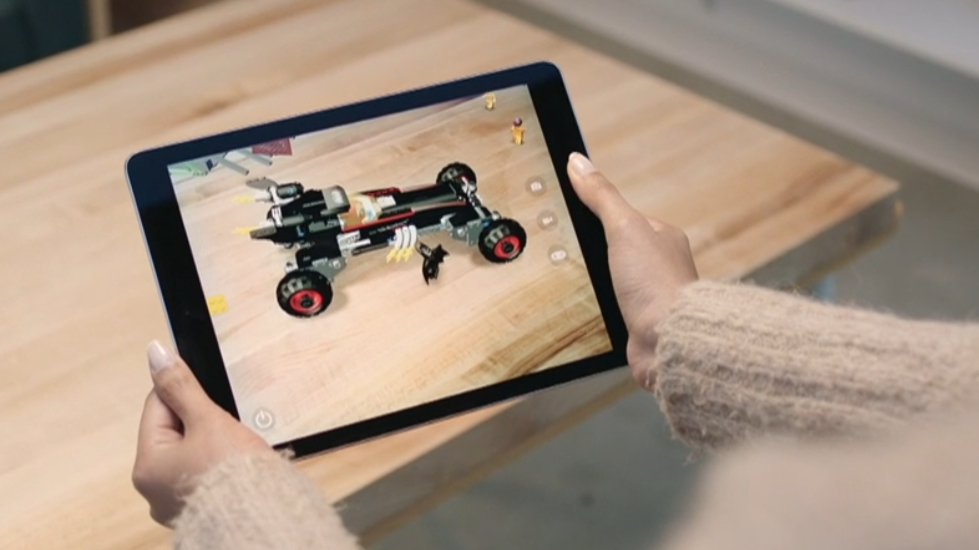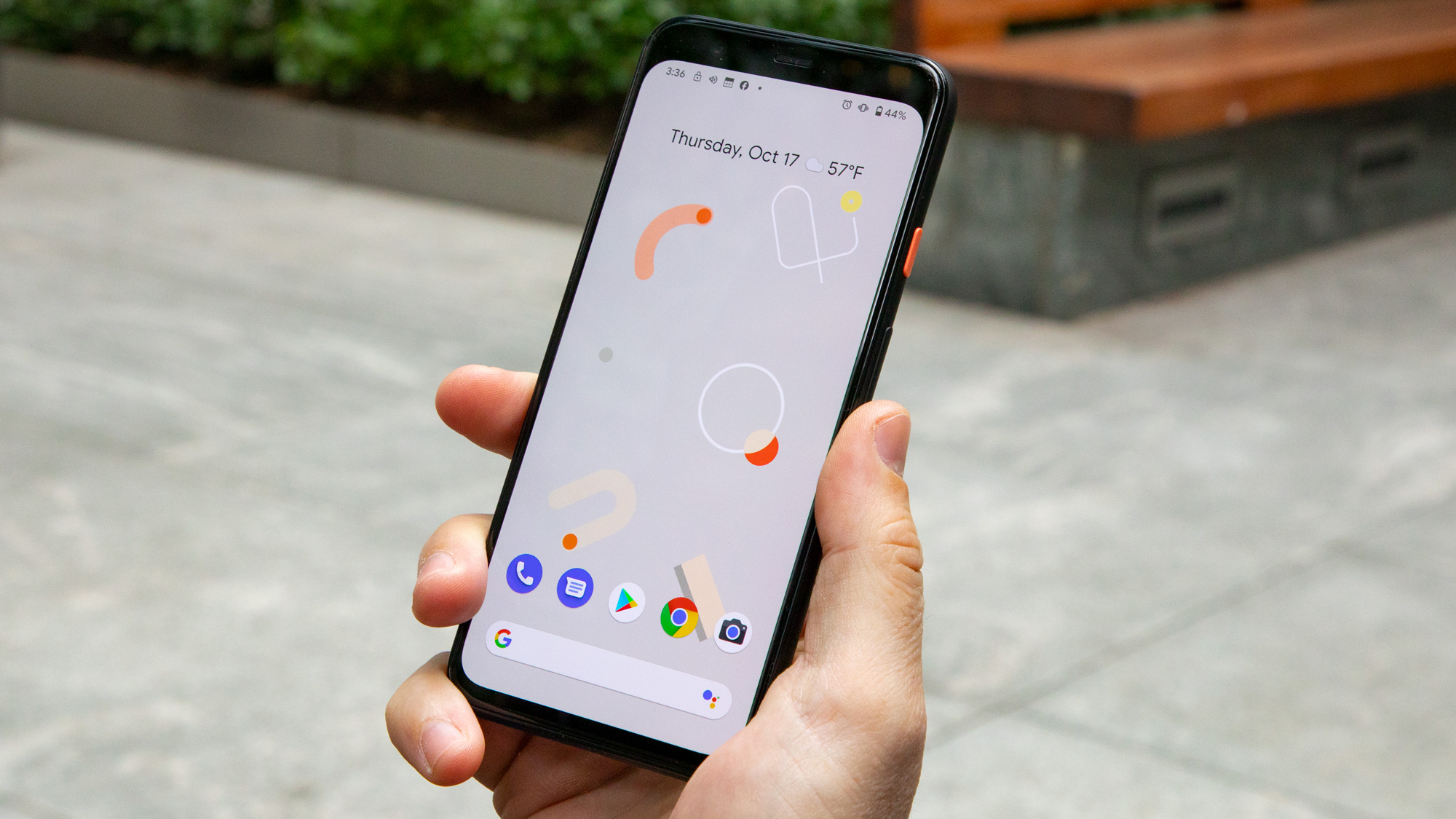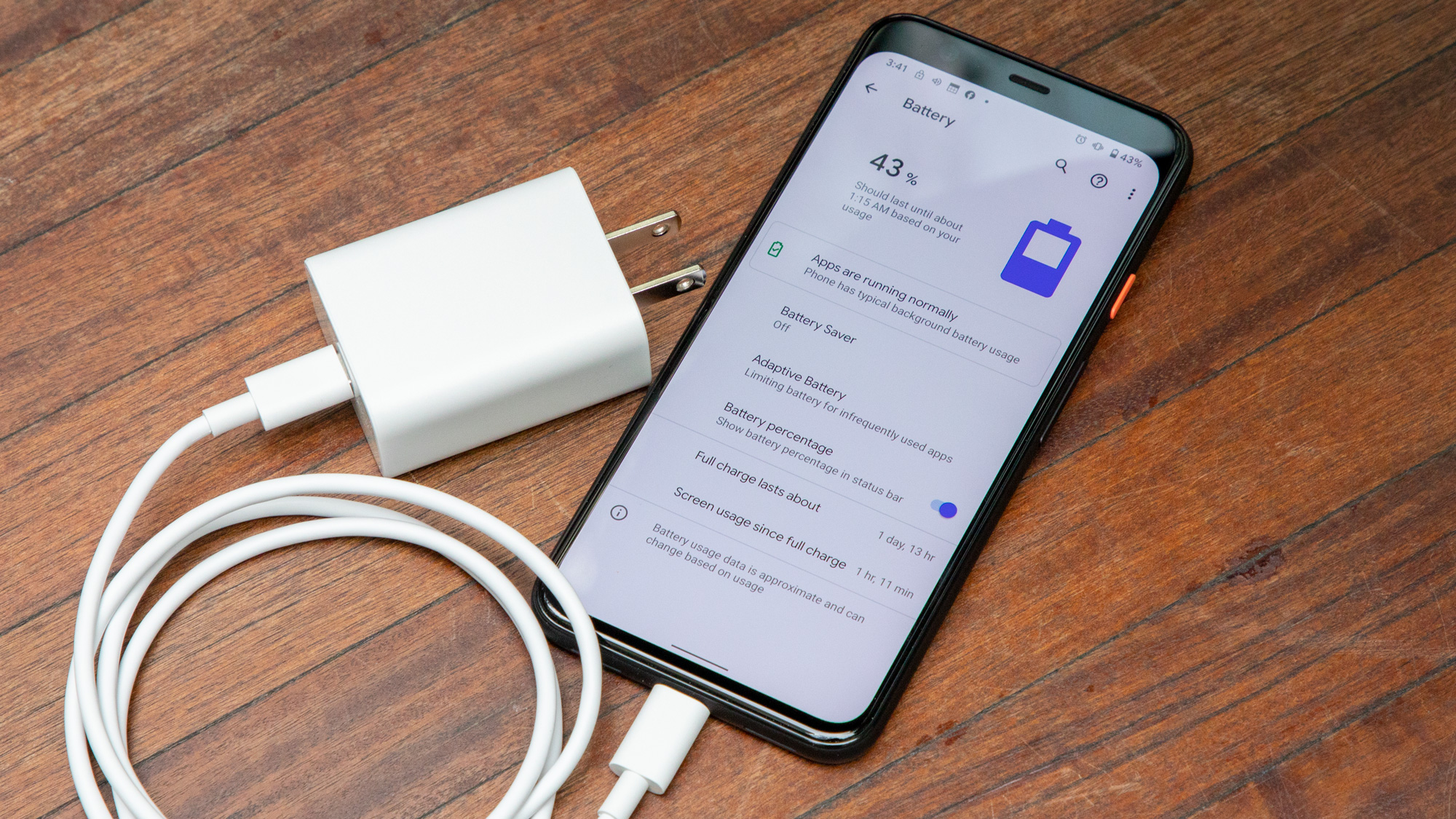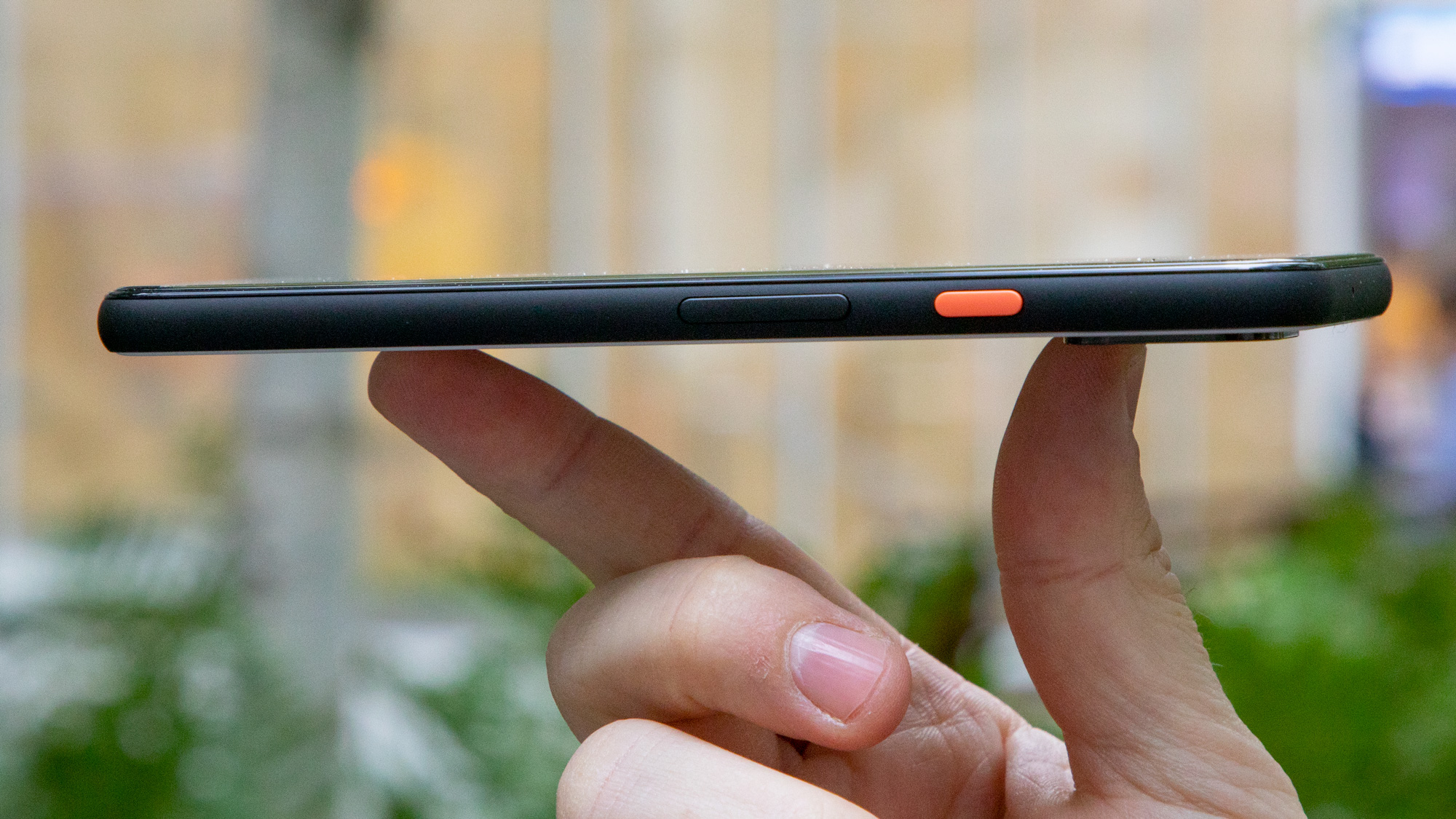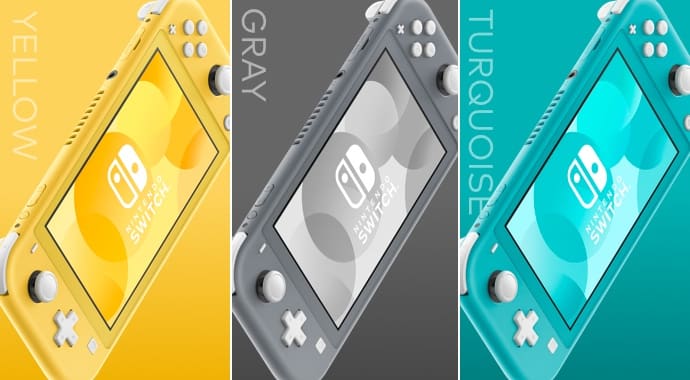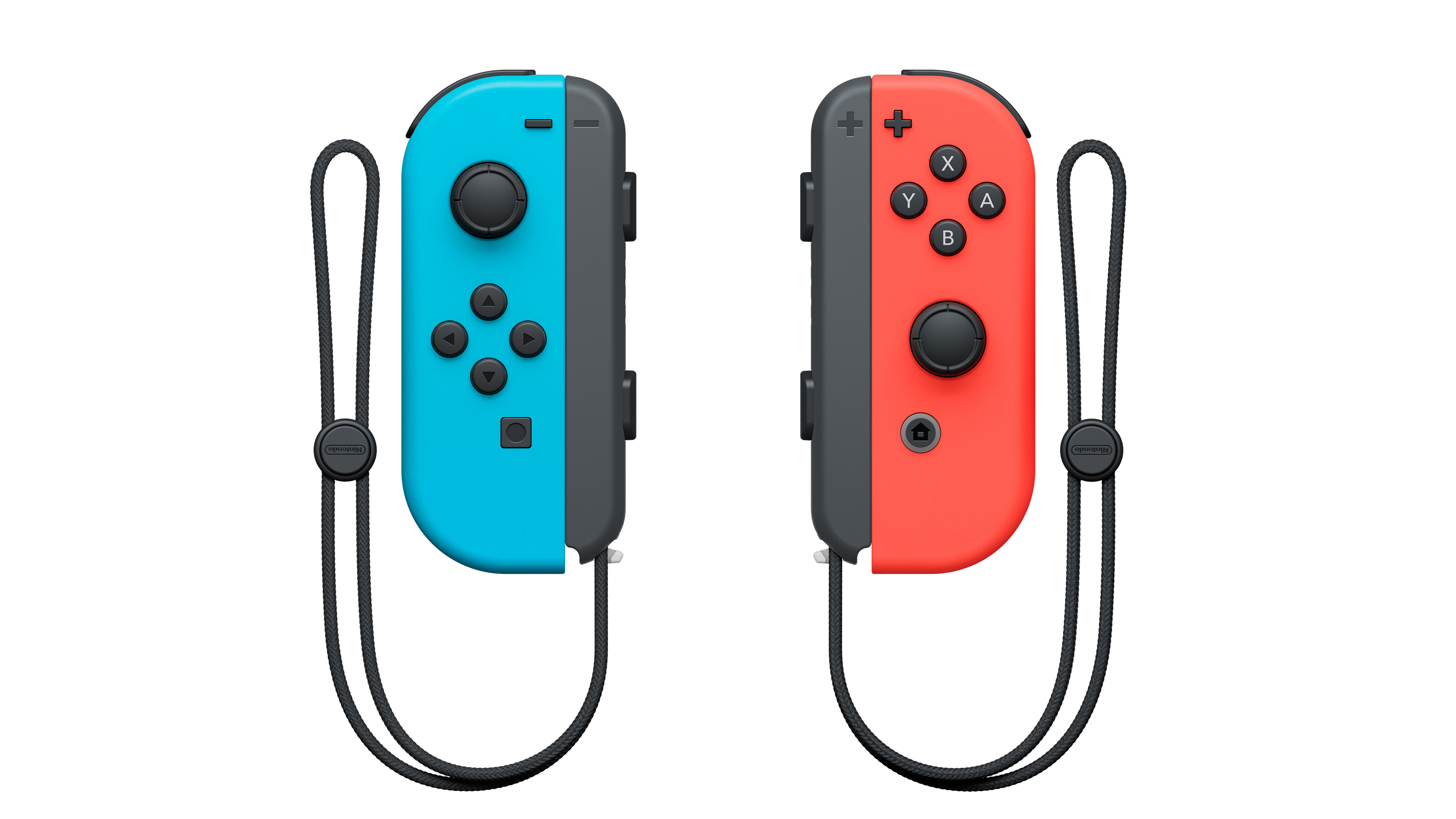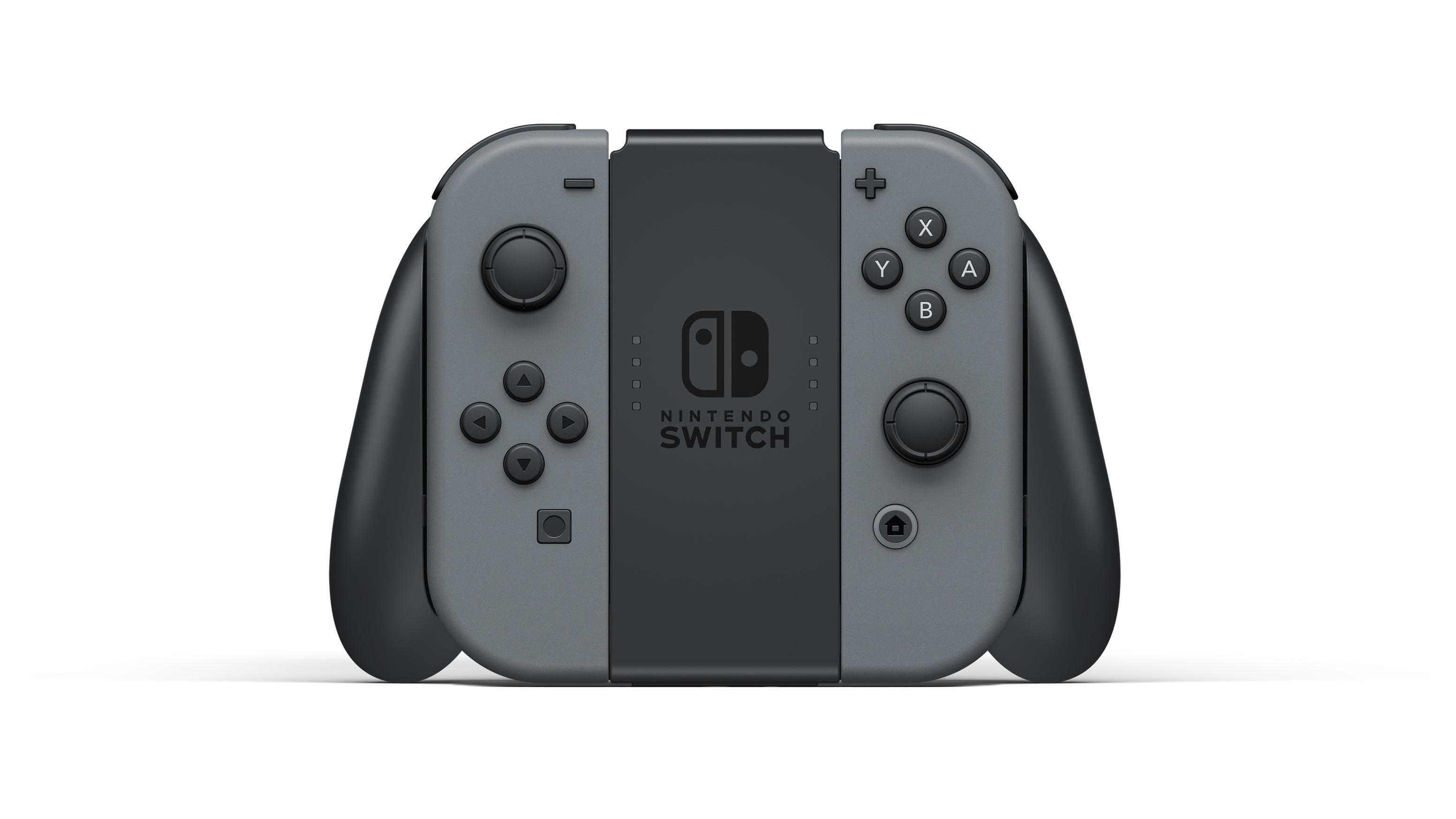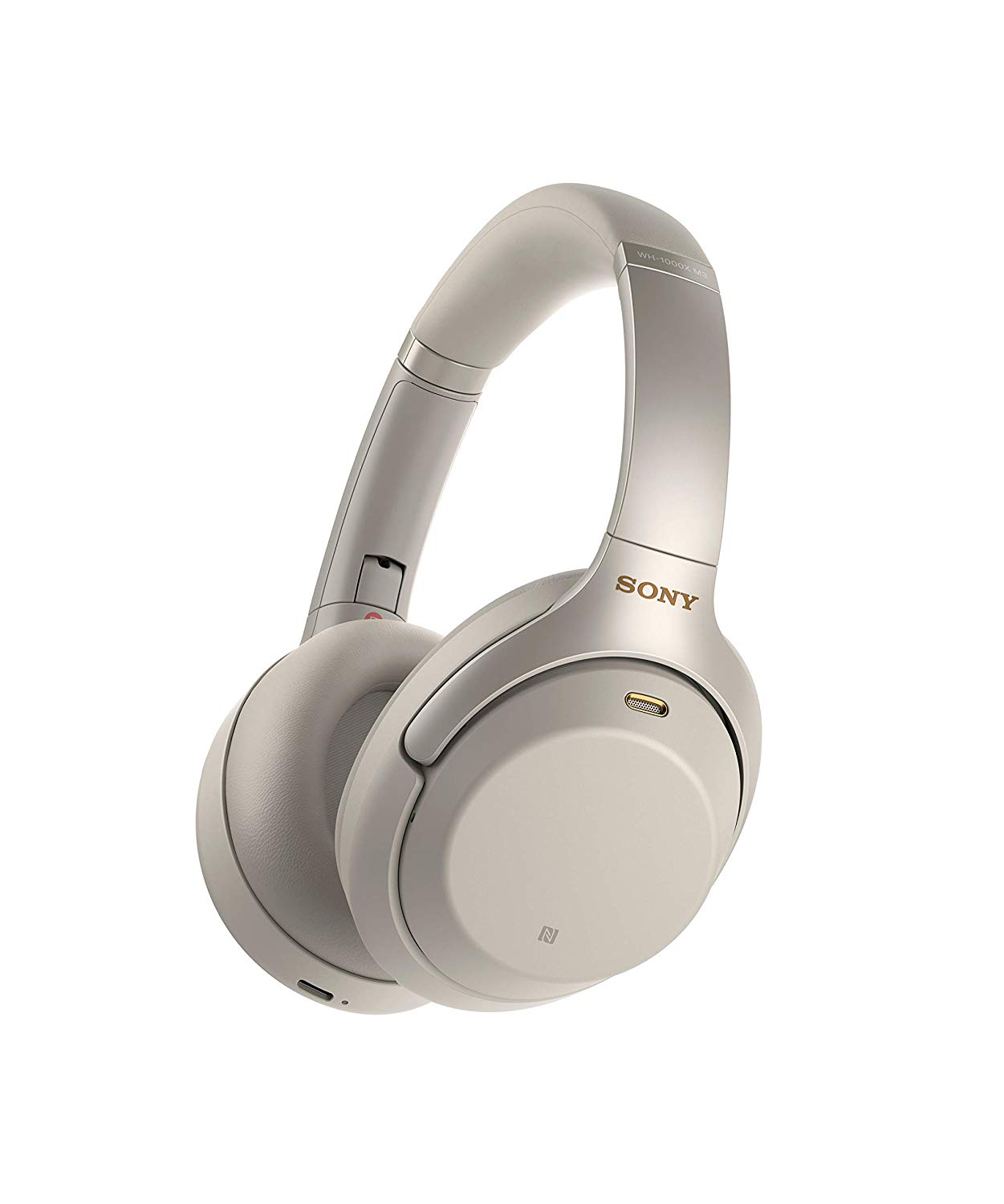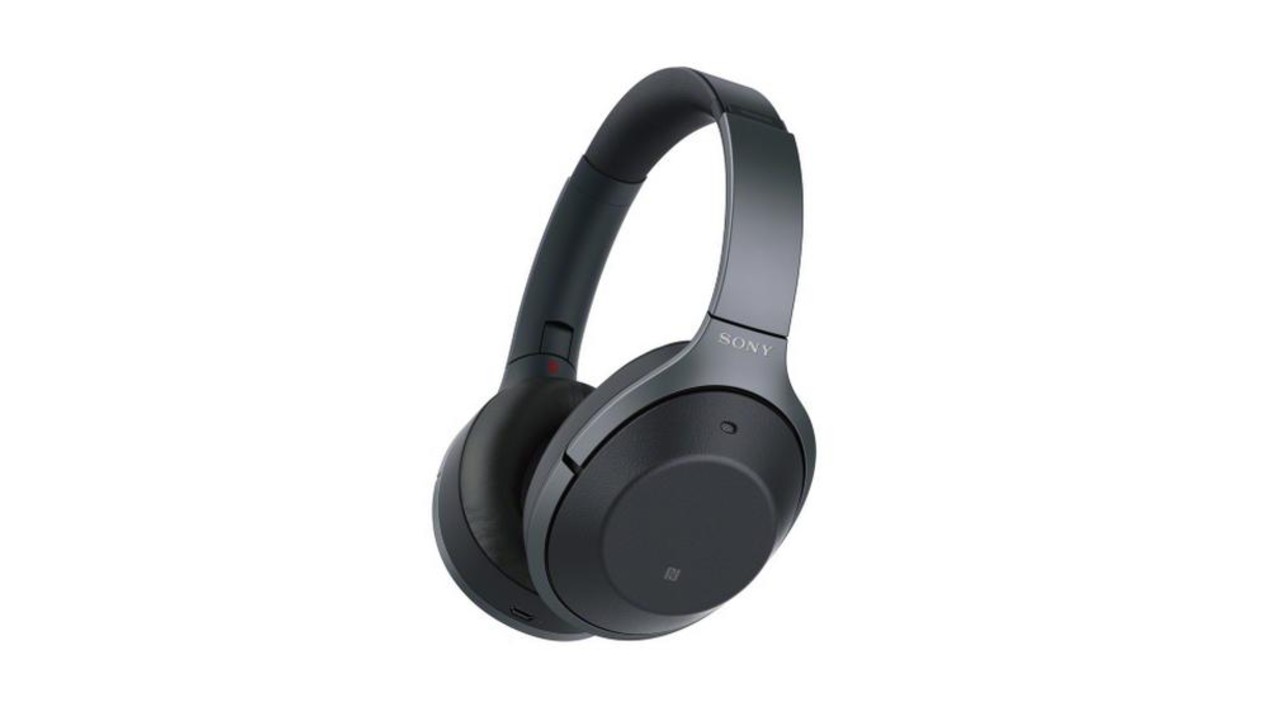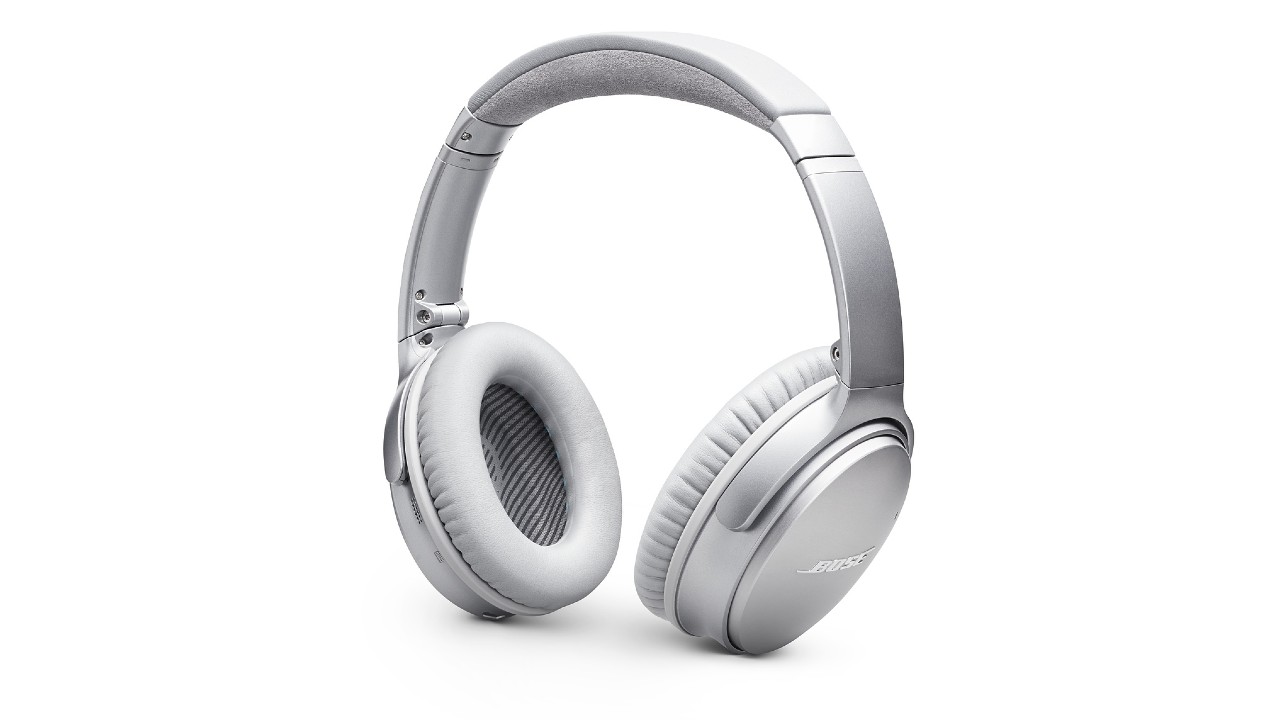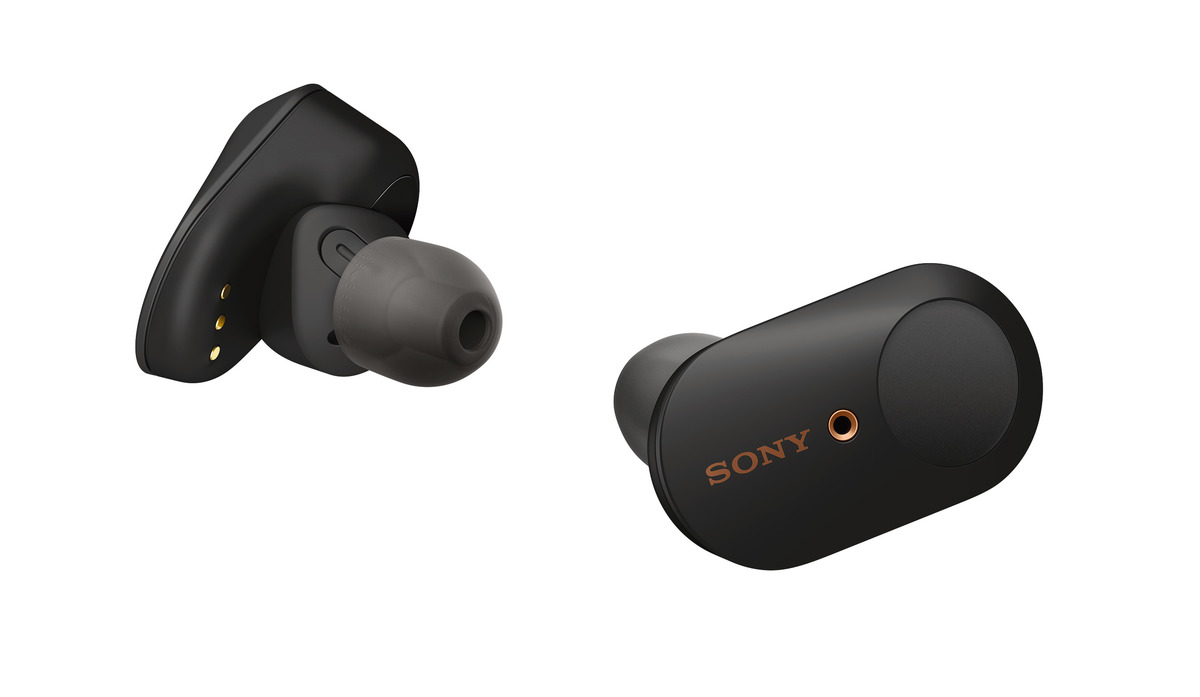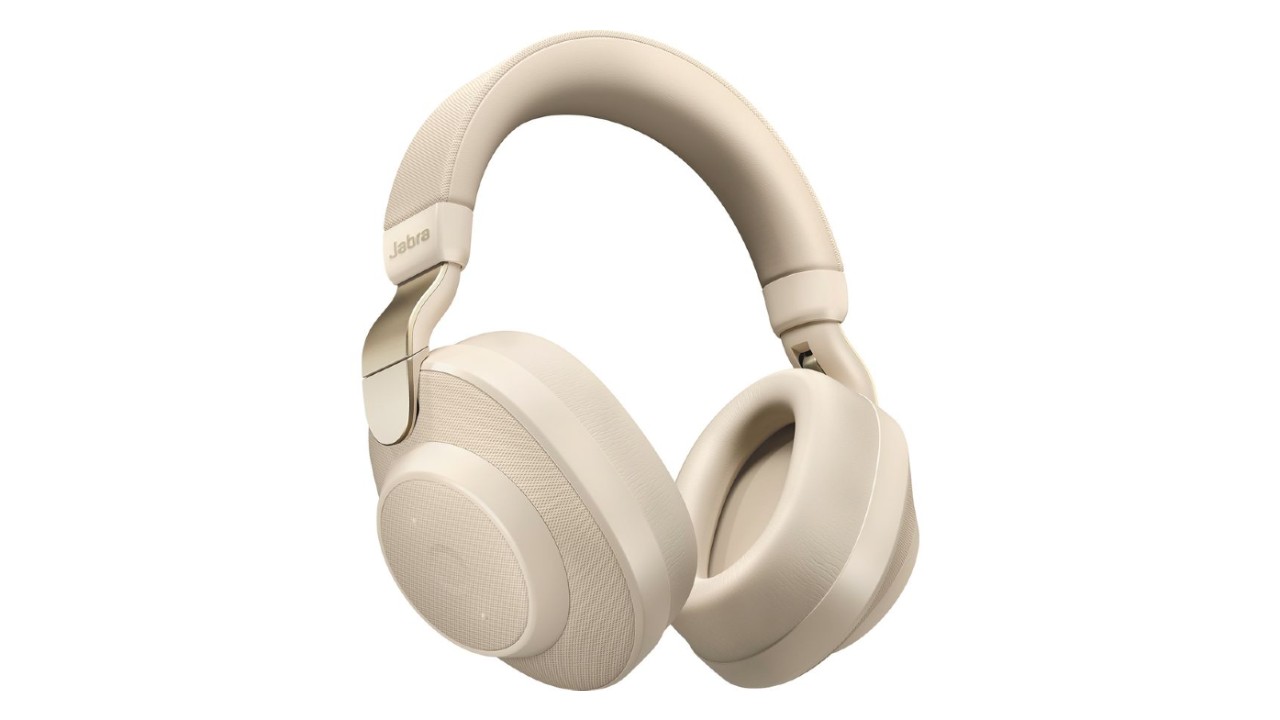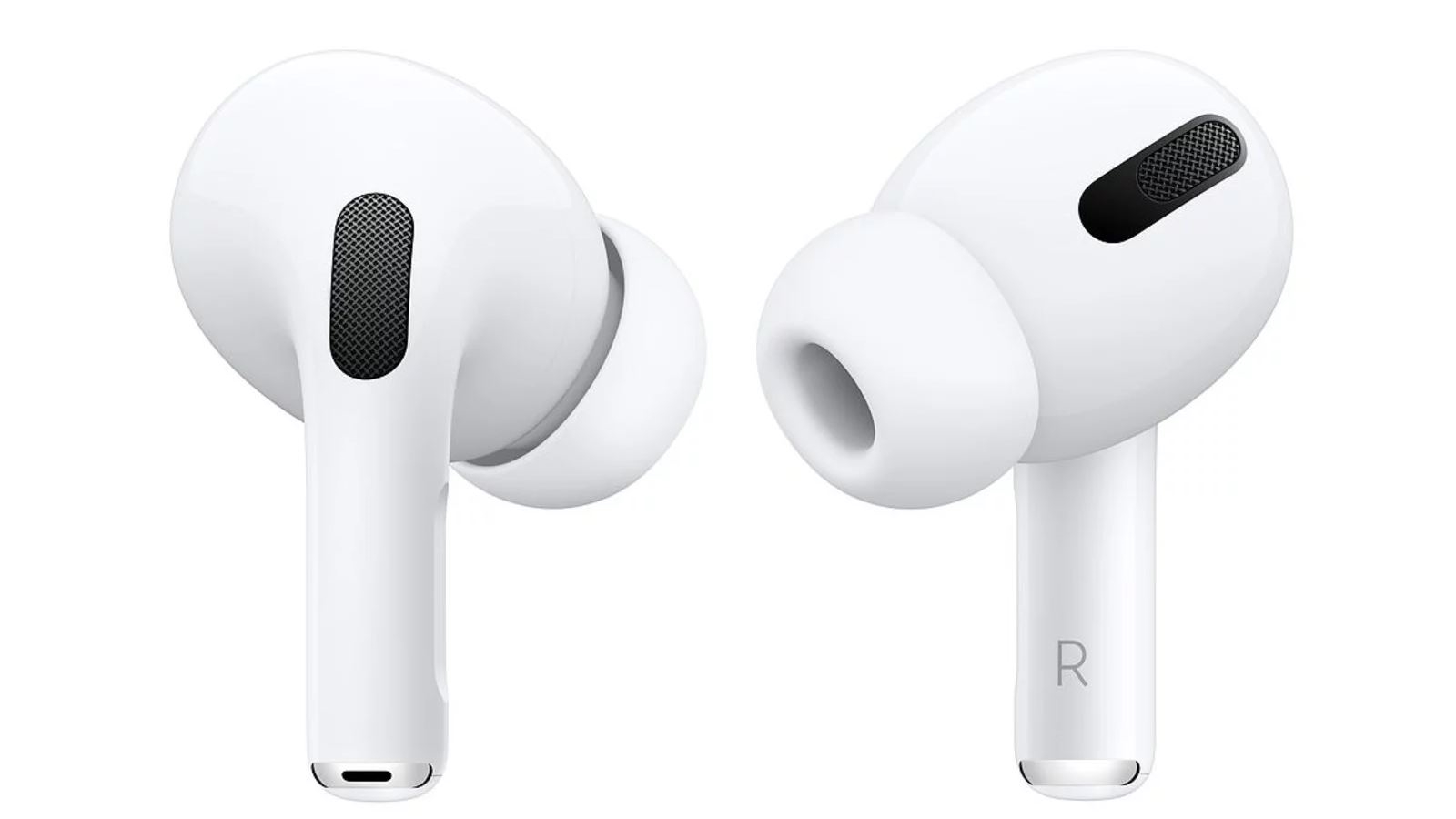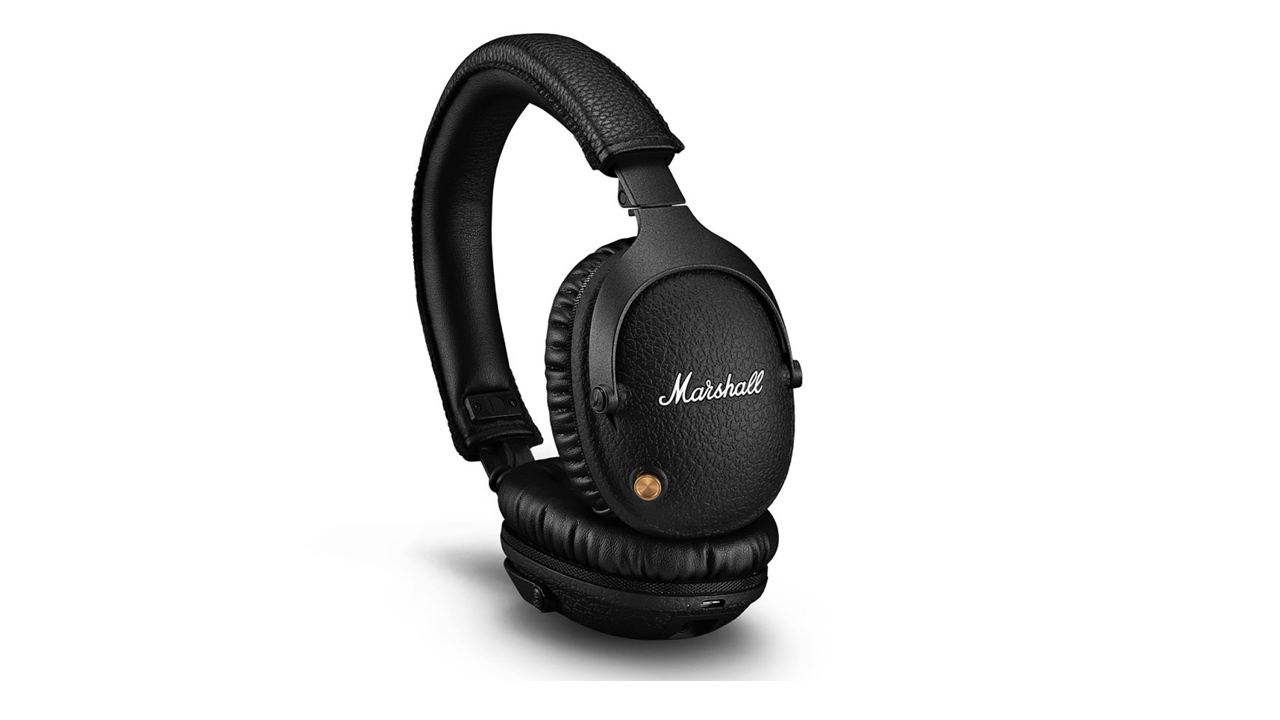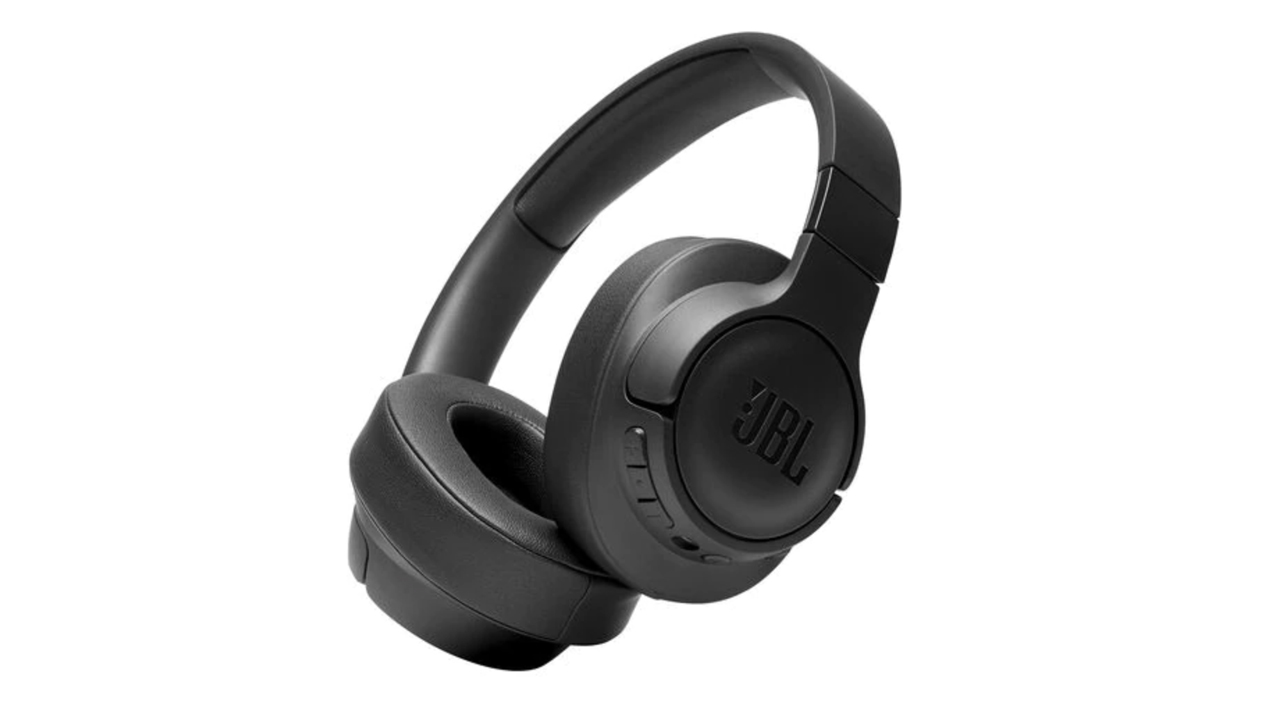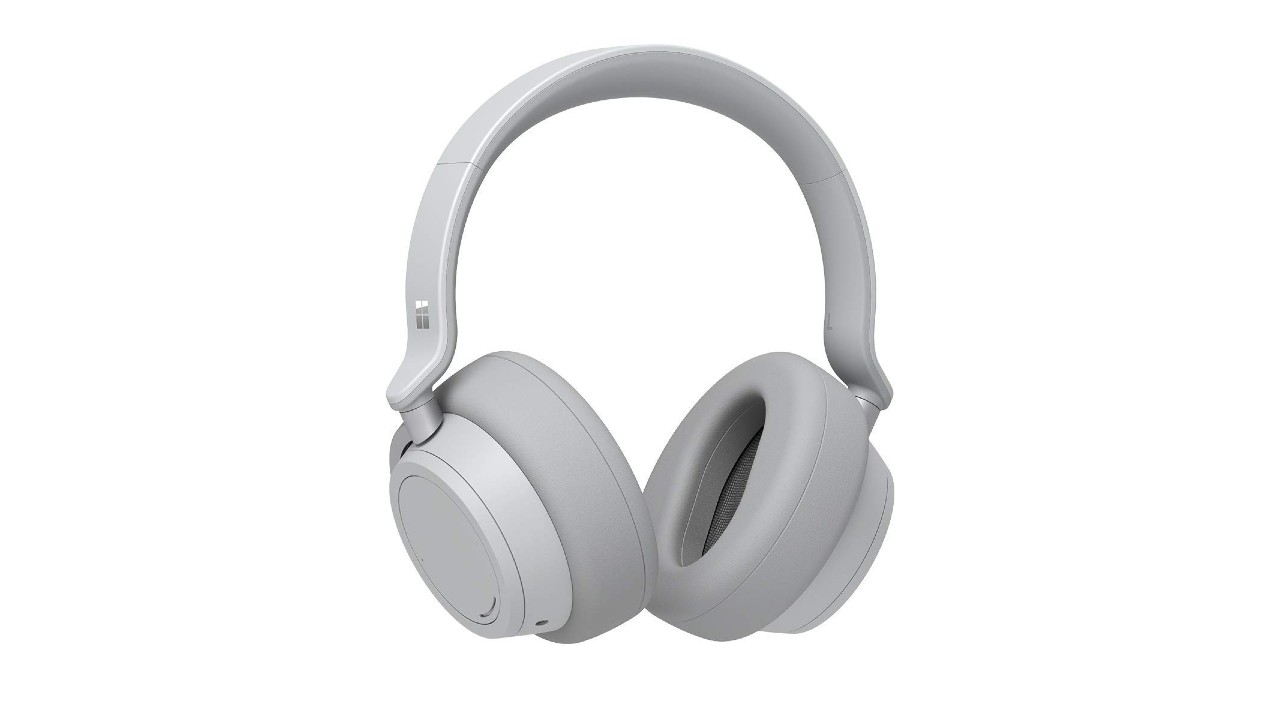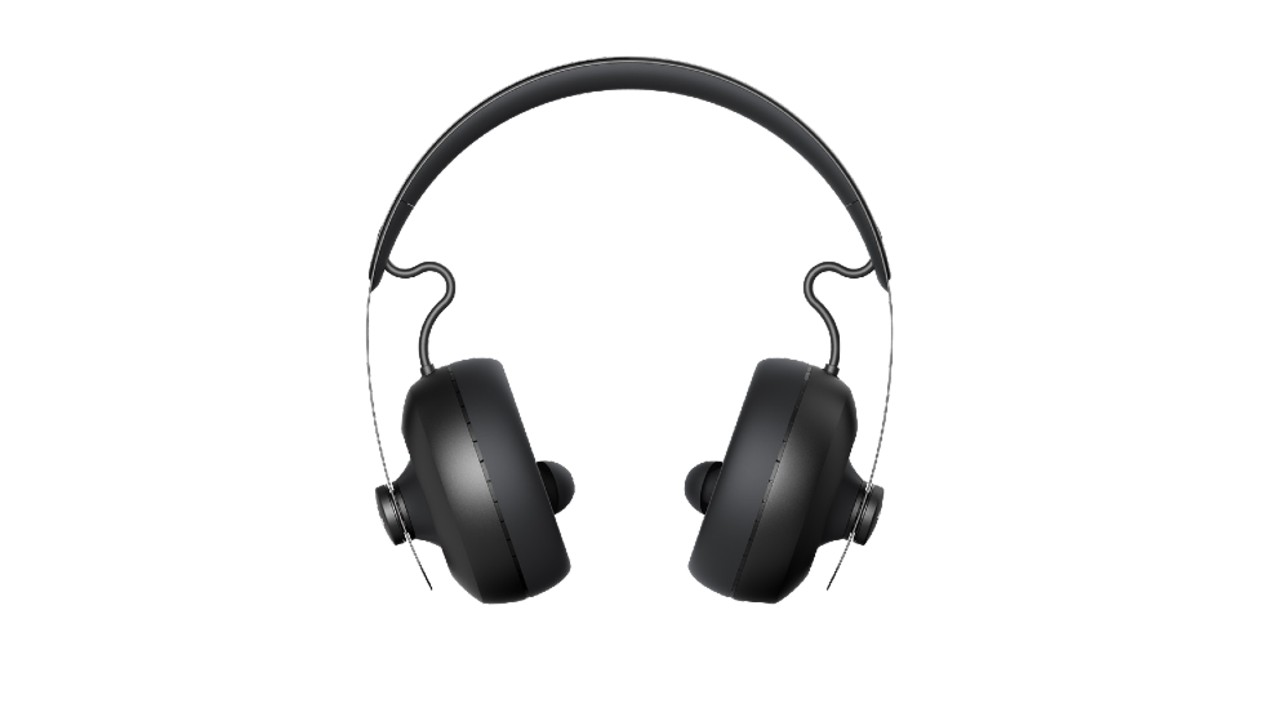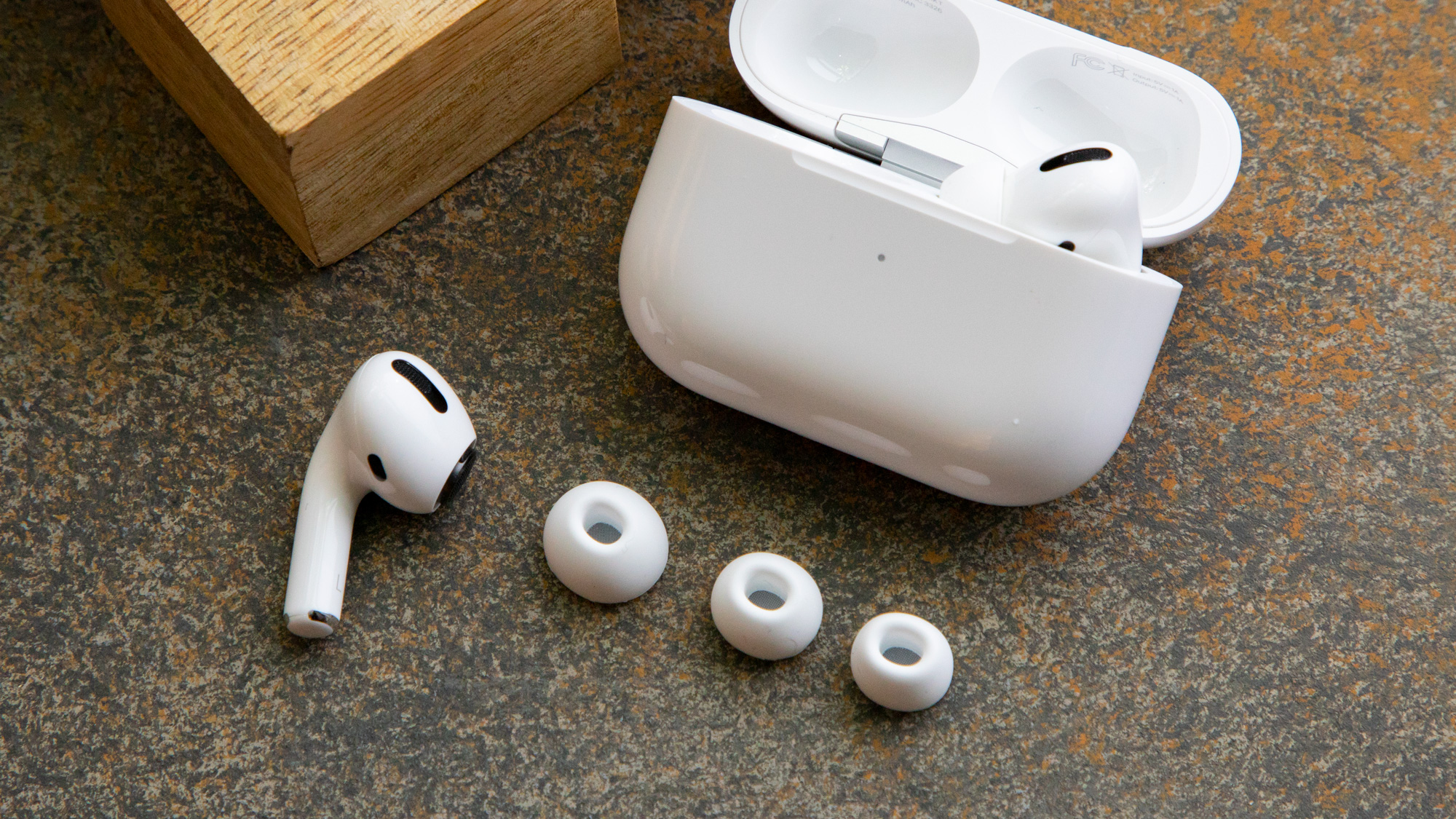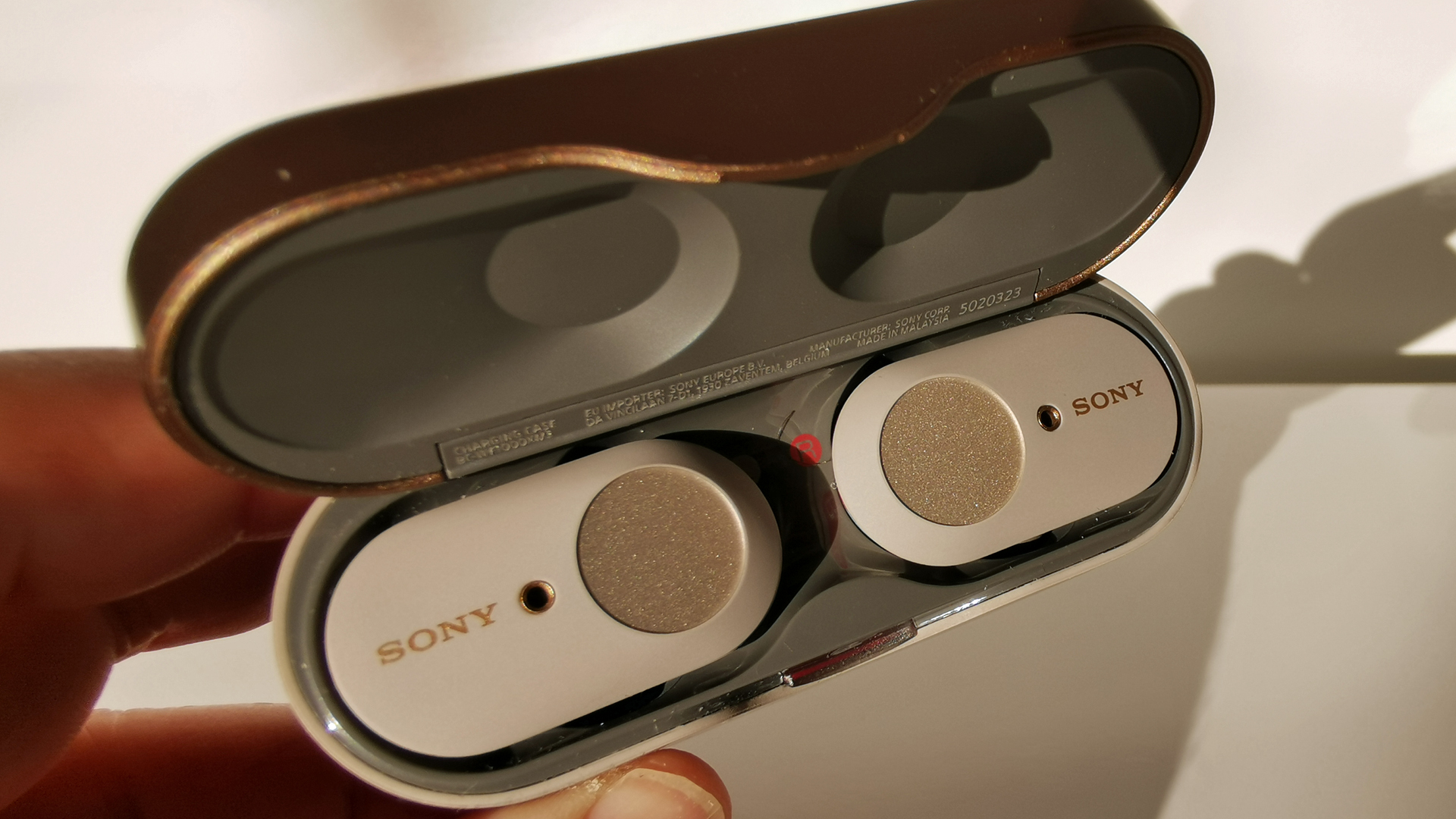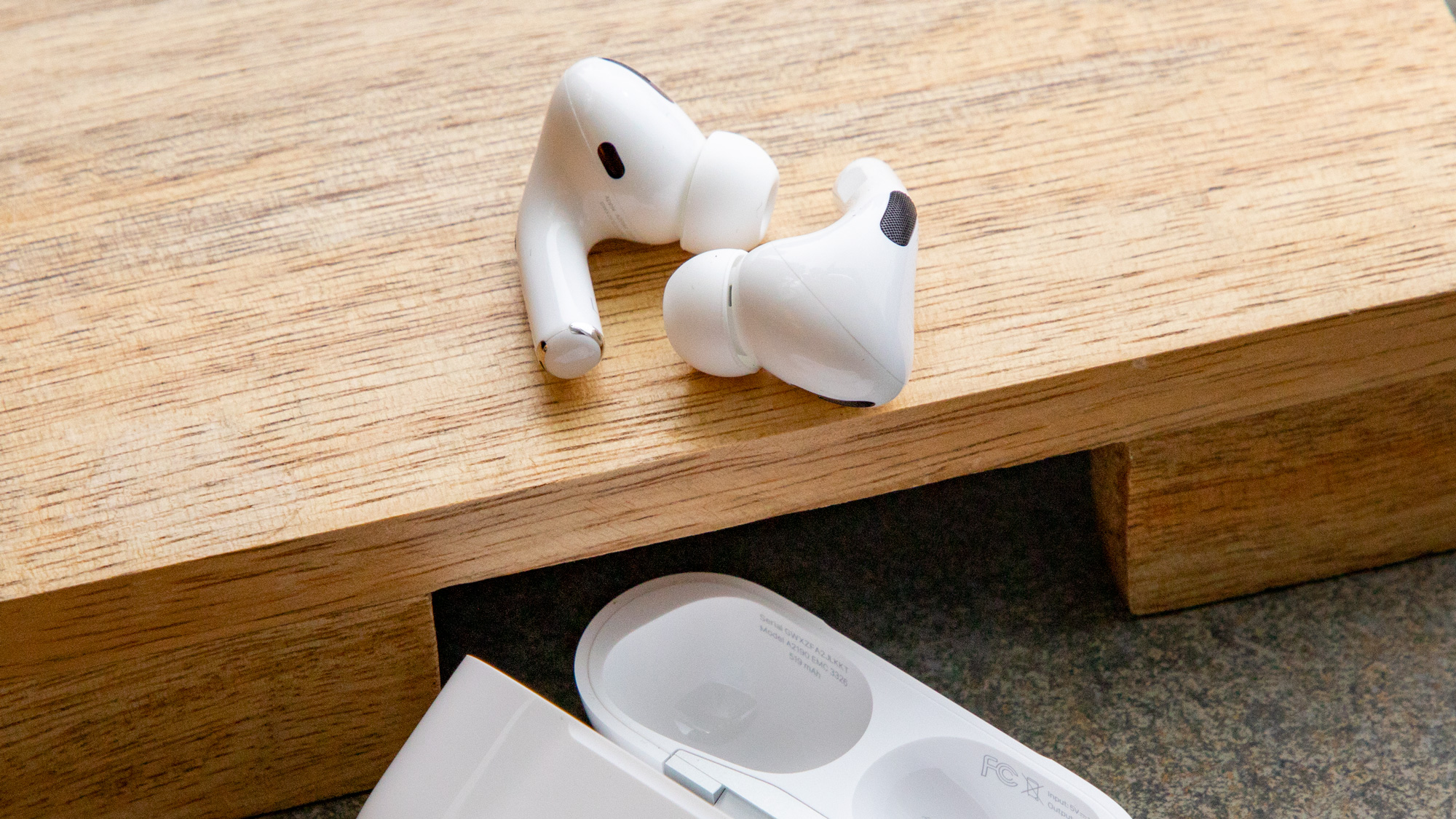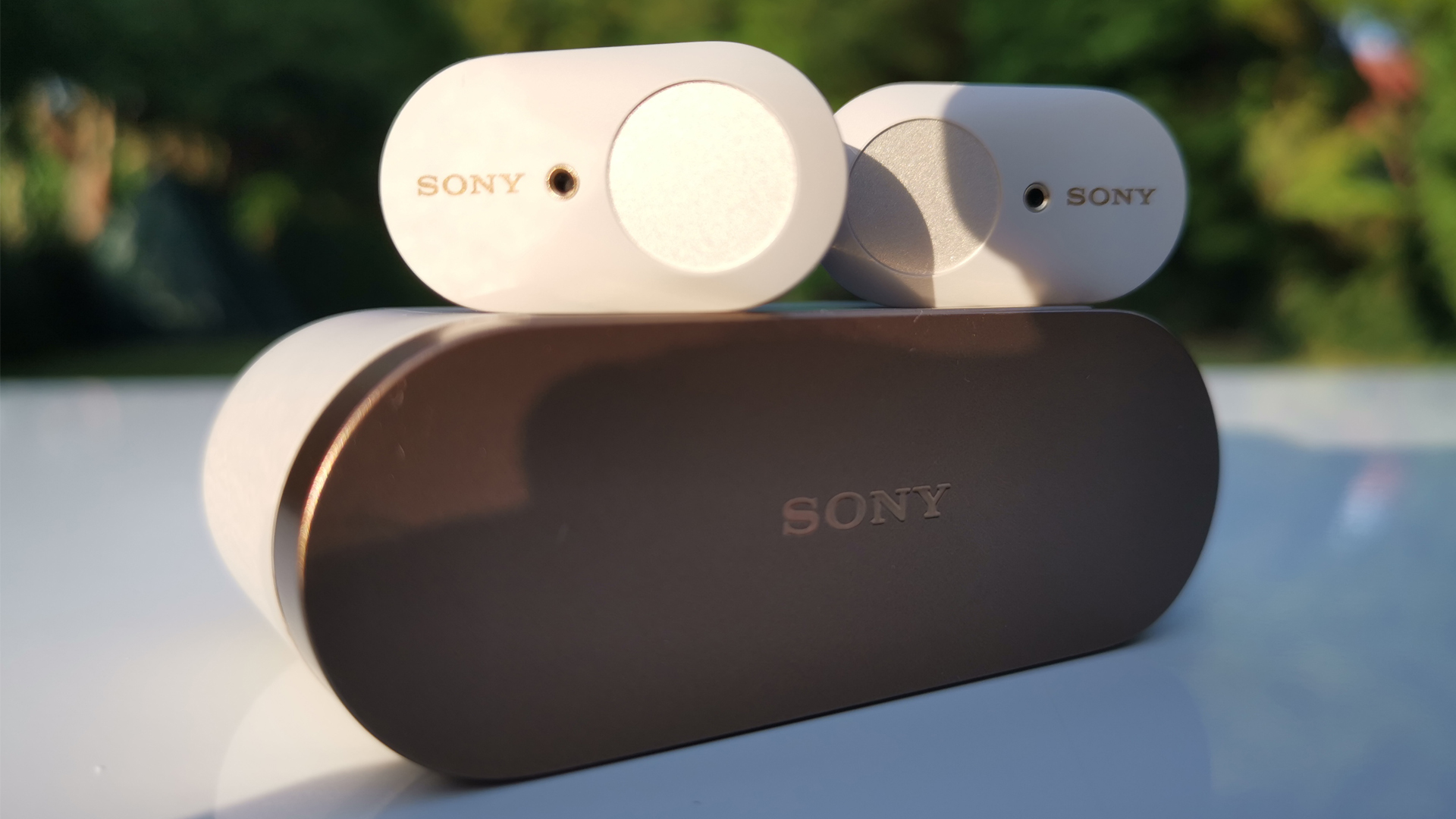The iPhone 12 is landing later in 2020 and hopes are high that it will be a major shake-up for the range, as it's the first numbered iPhone of a new decade, and it's following the iPhone 11 series, which was a fairly conservative update from the iPhone XS series.
In fact, we haven't seen a big change since the iPhone X, so one is overdue, and current rumors suggest that's exactly what we'll get - offering buyers an expensive alternative to the relatively affordable new iPhone SE that's already launched this year.
While we're still months away from the launch of the iPhone 12 (and the rumored iPhone 12 Max, iPhone 12 Pro, and iPhone 12 Pro Max) we already have a good idea of what to expect, with everything from prices to design to core specs, camera details, and more having been leaked.
So there's a lot to know, which is where this article comes in. We've collected all the likely leaks and rumors in one place (here) divided by section. We've also added our own expert analysis, so you can see how likely we think each rumor is to be accurate.
There are still some major things that we don't know, and you can find out more about them in our iPhone 12: 5 big things we've still got left to learn article. But we'd expect most of the remaining things to leak before launch.
As such, we're keeping this article constantly updated with all the latest iPhone 12 leaks and rumors, so make sure to check back regularly if you want to stay up to date on Apple's next flagship.
iPhone 12: cut to the chase
- What is it? The new iPhone family from Apple
- When is it out? Probably September 2020
- What will it cost? We're expecting over $700 / £700
iPhone 12 release date: will it be delayed?
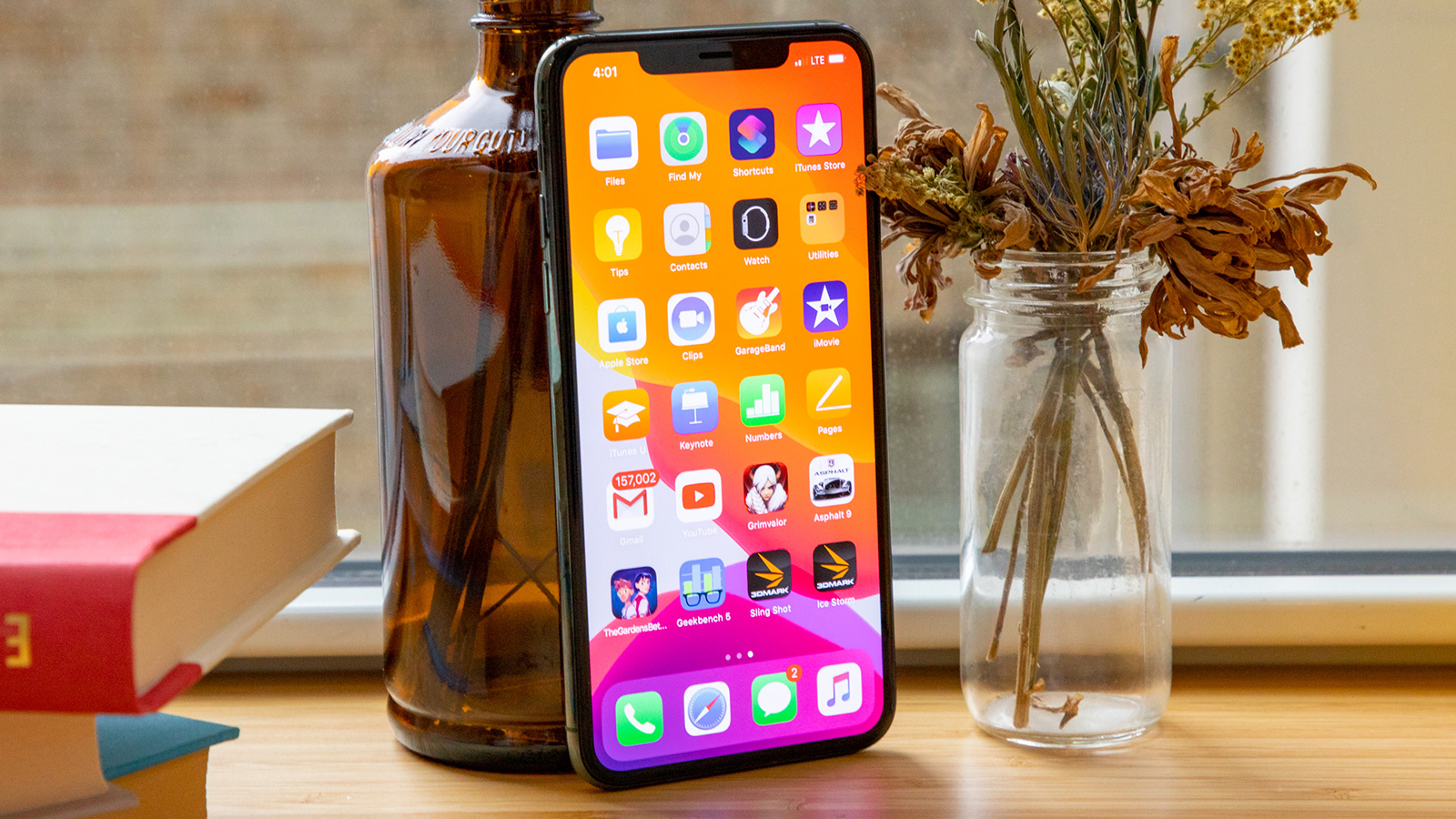
The iPhone 11 Pro Max
There isn't any official iPhone 12 release date information available yet. We're almost certain the phone (or phones) will appear in 2020 though as Apple launches its new phones almost metronomically.
So much so that we can get even more specific and say that the new iPhone release date will probably be in September 2020 - and it's usually around the second week of the month. It's almost always unveiled on a Tuesday too, so we'd put our money on it being revealed on September 8, 2020.
There's always the chance it may be pushed back to September 15 though as it isn't always the second week of the month.
We'd predict that you'll be able to pick it up 10 days after that, so you might need a Friday off work if you're desperate to get your hands on one. That said, we can't be as confident of these dates as usual, because there's a chance that the Covid-19 pandemic's impact on the production of the next iPhone may push things back.
We had heard that development would be unaffected, and there are even now reports that the main manufacturing factories are fully staffed up. Plus, an exec at Foxconn (the main manufacturer of the iPhone) has said that company aims and hopes to make up for lost ground.
But elsewhere there are reports that the phone will be delayed until October or November, with Apple apparently not even having finalized the design in late March 2020. Some sources even say it could slip into 2021 with Reuters also claiming a delay could be likely.
So what is going to happen? No one knows for certain yet, but there's a strong possibility that the iPhone 12 release date may be staggered by model. This is something said by respected analyst Ming-Chi Kuo, who says it would likely be the larger models of the phone that would come later than September.
As of May 2020, the most recent news on this subject comes from a report in The Wall Street Journal, which states that production of the iPhone 12 has been delayed by around a month.
That doesn't necessarily mean that the release date of the range will also be delayed as the company may find a way to make up for lost time, but we'd think there's a significant chance that it will be.
In which case, we could be looking at October for the iPhone 12 release date. Despite some sources saying it could slip into next year though we'd say that is very unlikely.
iPhone 12 price
When it comes to the iPhone 12 price, it’s likely to stay broadly in line with the current models. For reference, the iPhone 11 started at $699 / £729 / AU$1,199, the iPhone 11 Pro starts at $999 / £1,049 / AU$1,749, and the iPhone 11 Pro Max starts at $1,099 / £1,149 / AU$1,899.
That's backed up by the rumors too, and one big leak from YouTuber and prolific leaker Jon Prosser has shared information on how much he believes the phones will cost in the US. This is according to a source close to Apple, and we've put it into a handy chart below:
| Model | 128GB | 256GB | 512GB |
| iPhone 12 | $649 | $749 | Not an option |
| iPhone 12 Max | $749 | $849 | Not an option |
| iPhone 12 Pro | $999 | $1,099 | $1,299 |
| iPhone 12 Pro Max | $1,099 | $1,199 | $1,399 |
There's no accurate information about prices for the UK or Australia, but it seems to largely match the iPhone 11 series with the cheapest model being slightly less this year for the iPhone 12.
Having said all that, one previous report suggested that the cost of materials for the iPhone 12 range might go up, which could mean even higher prices at retail. We won't know for certain until Apple announces this on stage.
iPhone 12 name

The iPhone 11
First things first: we're pretty confident the 2020 Apple phones will be called the iPhone 12 series. It's likely not to be the 11S or similar, and that's mostly thanks to an industry analyst (with a great track record) saying as such.
That's why we're calling it the iPhone 12 throughout this article, even though Apple hasn't confirmed this name. Others might be calling it the iPhone 2020 or the 'new iPhone' - but we're not thinking that will be the moniker Apple plumps for.
That said, Apple may surprise us with a whole new name entirely so that may be subject to change in the future.
Before we get started on the rest of the leaks and rumors, it's important to note that we expect there to be four versions of the iPhone 12. Unlike the last two years where we've seen three models, lots of consistent and recent leaks suggest there will be four models.
Those models are rumored to include the standard 5.4-inch iPhone 12, a larger 6.1-inch iPhone 12 Max, the pricier 6.1-inch iPhone 12 Pro, and the 6.7-inch iPhone 12 Pro Max at the top of the range.
iPhone 12 design
So far, leaks suggest the iPhone 12 is set to get a very different design but it's likely going to take elements we've seen on previous iPhone models and use them here. Remember the iPhone 4? You may recognize some of the elements.
First off, you'll have four sizes to choose from. According to the most recent information on models, there will be the below:
- iPhone 12 with a 5.4-inch display
- iPhone 12 Max with a 6.1-inch display
- iPhone 12 Pro with a 6.1-inch display
- iPhone 12 Pro Max with a 6.7-inch display
That offers a larger screen size for those who don't want to spend lots on an iPhone 12 Pro model, and essentially means you'll have the choice of two devices are each of the price points.
Jon Prosser - a Twitter leaker who proved to have consistently correct information on the iPhone SE and MacBook Pro 13 - this information is correct and you can see some of the specs below.
Consistent leaks have suggested the iPhone 12 will have a metal frame, and the most trusted source before Prosser was Apple analyst Ming-Ch Kuo. The rear of all four phones is is still expected to be made of glass, but the edges are expected to be more squared than the rounded ones on current models.
Prosser's information suggests it'll be aluminum used on the iPhone 12, while the iPhone 12 Pro and Pro Max will come with a stainless steel body.
Some sources speaking to Bloomberg claim similar, and they make comparisons to the design of the iPad Pro, saying that the iPhone 12 Pro and iPhone 12 Pro Max will have flat stainless steel edges, more sharply rounded corners, and flat screens.
That look has been further backed up by CAD renders that you can see in a video made by EverythingApplePro and Max Weinbach.
The reports above also point to smaller notches on all four rumored models, which is something we've heard consistently since new Face ID technology was first rumored in October 2019.
You should still expect a notch at the top of the phone's display, but it looks like it'll be a lot smaller than before but won't be drastically different to previous models.
One of the upcoming phones might even lack a notch according to analysts, with the front-facing camera potentially set to be embedded under the screen instead. If this happens we’d expect it to be the most expensive iPhone 12 model that has this feature – likely the iPhone 12 Pro Max, or whatever it launches as.
One report has also suggested Face ID will be dropped entirely in favor of an under screen fingerprint scanner, though this seems unlikely.
This would be a big change for the brand, since current models don’t have a fingerprint scanner at all. That said, if the camera really is in-screen then it might not be possible to have all the Face ID sensors, so it could be that this fingerprint scanner will replace Face ID, though we're not convinced Apple would go that far.
iPhone 12 colors
As for the iPhone 12 colors, we've heard a rumor that Apple will be debuting a navy blue on its top-end models. Reports say the Midnight Green color that debuted on the iPhone 11 Pro sold beyond Apple's expectations, so it may decide to keep that or it may be replaced in the lineup by this navy shade.
The iPhone 11 Pro and Pro Max were available in Space Gray, Silver and Gold alongside the Midnight Green. Those shades may remain for the iPhone 12 Pro and Pro Max, but we've yet to hear any firm evidence those colors will return.
As for the standard iPhone 12, we're expecting a similar pastel range to the iPhone 11. That phone is available in Black, Green, Yellow, Purple, Red and White, so you should probably expect some of those colors to return for 2020's device.
iPhone 12 display
We've touched upon display a little bit above and the four different models you can expect in 2020, but here we're going to dive into the rumors about the tech for the screens being used.
Ming-Chi Kuo has also said that all the iPhone 12 models may come with OLED screen tech for the first time. That’s a claim we’ve heard more than once, and Prosser's source has also confirmed the same thing.
That said, the iPhone 12 and iPhone 12 Max displays are expected to be manufactured by BOE while Samsung will make the OLED tech on the top-end two models.
The iPhone 11 features an LCD display, while the iPhone 11 Pro features OLED technology. That may allow for a far stronger screen on the standard iPhone 12 models, although we don't yet have any clear details on the resolution you can expect from any of the four phone's displays.
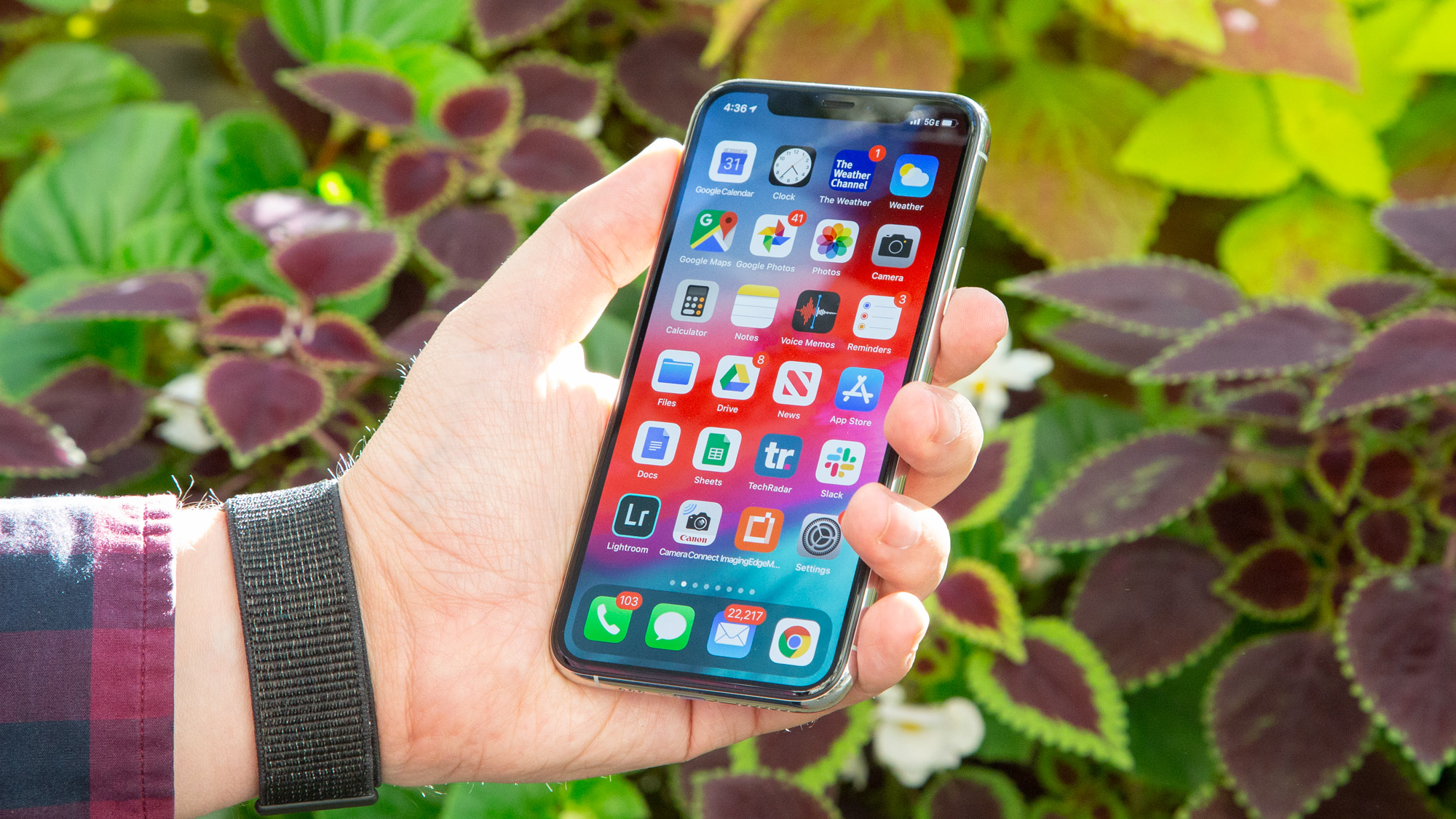
The iPhone 11 Pro
Another source has said that the two Pro models will use a form of OLED that's both thinner and cheaper to produce than the screens used in the iPhone 11 Pro range. That could mean lower prices, but we wouldn't count on it.
The other big rumored change for the 2020 iPhone display is the move to a 120Hz refresh rate. The current iPhones - and a lot of other smartphones - sport a refresh rate of 60Hz, so upping that to 120Hz makes the screen reload quicker and gives you a smoother experience when scrolling through social media feeds or gaming.
Max Weinbach shared some leaked information on the iPhone 12 Pro that suggested this was the model that would get the improved screen tech. Prosser since suggests that tech would also come to the iPhone 12 Pro Max.
This is a claim we've now heard more than once, and some phones already have higher refresh rates than 60Hz, as do some iPads, so this isn’t unbelievable. That's especially true as top-end phones like the Samsung Galaxy S20 and OnePlus 8 Pro now feature the tech too.
All of this said, the source that provides information to Prosser has said that Apple may "nerf" the technology. That may mean there are limitations to when the 120Hz refresh rate works, and that may come down to the battery life of the handsets.
We've also heard that at least some iPhone 12 models could have thinner, cheaper and more energy-efficient screens than the iPhone 11 range. This in turn may allow the phones themselves to be thinner, as well as lasting longer between charges.
iPhone 12 5G
Another big change could take the form of 5G, which has been widely rumored for the iPhone 12 as many of its competitors now sport the technology. Back in July 2019, Kuo predicted that all models will support 5G.
At the time, we only expected this feature to come to one model in the iPhone 12 range but it now looks like it'll be on all four devices. Prosser has suggested as much in his specs that he learned from a source at Apple.
The big caveat here is that the base iPhone 12 models may not support mmWave 5G technology. It's expected this will be a feature reserved for the two top-end models, so those on carriers like Verizon in the US will have to opt for those.
iPhone 12 specs
How are these phones going to power 5G connectivity? One rumor suggests it'll have a custom-made 5G antenna alongside a 5nm A14 Bionic processor.
What that means for the average consumer is an iPhone with an even longer battery life and more power than ever. That would be rather impressive, given the iPhone battery life is currently the best we've ever seen from Apple.
The RAM could also get a boost, with analysts claiming that the iPhone 12 Pro and iPhone 12 Pro Max will have 6GB of the stuff, up from 4GB on their predecessors - though the standard iPhone 12 will apparently stick with 4GB. This is something we've now heard again and again, so it may well be true.
The chipset seems ready to wow too, as an A14 Bionic leaked benchmark showed it had a single-core and multi-score score that was ahead of the Snapdragon 865, the processor we've seen in almost all Android flagships in 2020.
And the iPhone 12 might also support the new 802.11ay specification, which could allow it to share content at speeds of at least 20-30Gbps. So in every sense this phone is likely to be fast.
How much storage will you have? You may have seen earlier up the page, but a pricing leak from Prosser showed us the iPhone 12 and iPhone 12 Max will come in 128GB and 256GB models while the iPhone 12 Pro and iPhone 12 Pro Max will come in both of those and 512GB.
Battery capacity is an unknown at the moment for the iPhone 12 range. One rumor from late 2019 suggested that Apple may be using a smaller battery protection module for the iPhone 12 that would allow it to pack in a larger cell.
Whether that happens or not is currently unknown, and we may not even know that until someone manages to get one to do a teardown on the exact internals of the new iPhone.
A recent EU ruling may also mean future iPhones won't be able to use Lightning cables in Europe. That may force Apple to switch the connector on future phones to USB-C, and while it's not clear yet whether this will be the case for the iPhone 12 it may be something to consider.
Another report from Chinese publication Caifa news also suggests Apple and other manufacturers may soon use GaN power adapters. These are currently used by Xiaomi, and allow for fast-charging speeds up to 65 watts.
There's no gurantee this will debut on the iPhone 12 - or any future iPhone for that matter - but it may mean we see an improved fast-charging experience along the line.
iPhone 12 camera
The iPhone 12 range is likely to get a camera upgrade, with the main change likely being the addition of a LiDAR scanner, just like we've seen on the iPad Pro 2020. This can accurately judge distances and therefore depth, and would allow for improved augmented reality and Portrait mode.
We've heard specific mentions of a LiDAR scanner being included on the iPhone 12 Pro and iPhone 12 Pro Max (alongside three lenses), while the basic iPhone 12 and iPhone 12 Max are said to have two camera lenses and no LiDAR scanner. These claims have been made by multiple sources.
We've also seen a leaked sketch supposedly showing four rear lenses on the iPhone 12 Pro. This sketch supposedly came from a build of iOS 14 and is backed up by lots of sources.
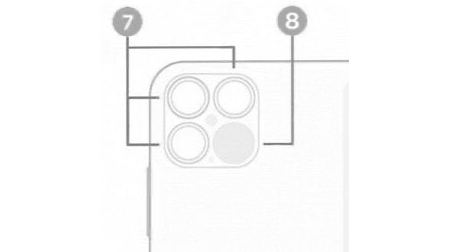
Three of the lenses look like those on the iPhone 11 Pro, if perhaps slightly bigger, but the new fourth lens looks like the LiDAR scanner found on the iPad Pro 2020, backing up other claims of such a lens.
Before all the LiDAR scanner rumors, we'd heard that a laser-powered 3D camera was rumored for inclusion. This would be on the back, and while only one rumor mentions lasers, another also talks about a depth-sensing snapper, while one mentions 3D sensing.
Another report from Fast Company cites sources close to production of the phone and also says a rear-facing 3D camera is in development. One of the sources for this rumor claims the two top models would get this, along with a triple-lens camera, while the two lower end ones would just get a dual-lens camera without 3D sensing.
All of this sounds along the same lines as the LiDAR scanner we're now expecting, so this is one very likely feature.
Elsewhere, one source says the iPhone 12 might have a 64MP main camera, over the 12MP snapper on the previous few versions, which would be a huge upgrade. This leak also suggests that the phone will have multiple lenses that support night mode shooting, and the ultra-wide snapper could have a dedicated macro mode.
We've also heard that the top-end iPhone 12 (likely the iPhone 12 Pro Max) will get a new image stabilization tech called 'sensor-shift', which would allow the sensor to move in order to counteract camera shake.
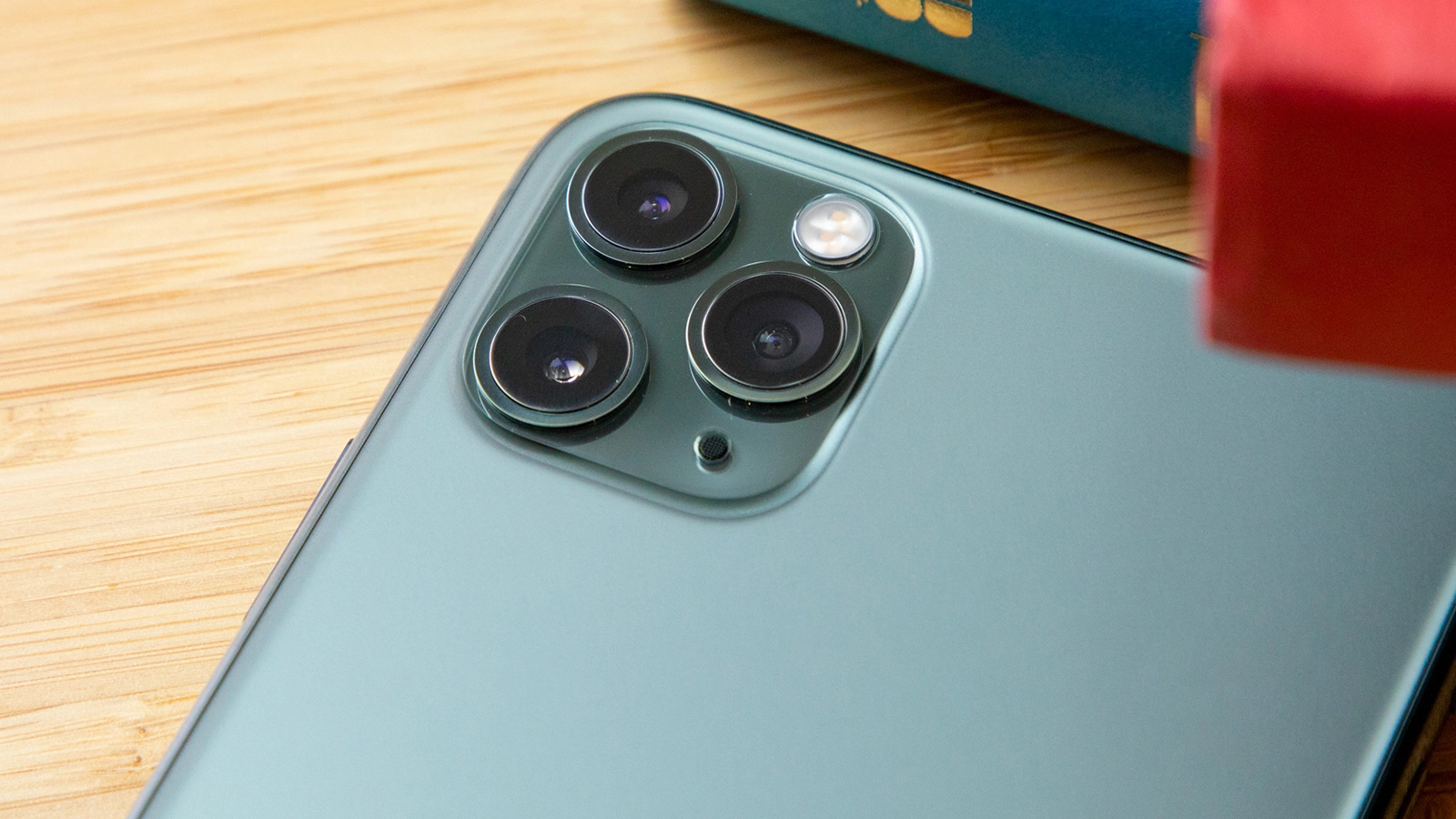
The camera on Apple's iPhone 11 Pro Max
Plus, reputable leaker Max Weinbach says he has heard that the iPhone 12 Pro will feature Smart HDR functionality for improved low-light performance. That's alongside a 3x optical zoom, which is an increase from the 2x zoom capability featured in the iPhone 11 range.
iPhone 12 software
Apple's big software developer conference is set to start on June 22. It's called WWDC 2020 and it's expected to be the event where we first hear about iOS 14, which is likely to debut on the new iPhone.
It's also likely to come to your existing handset, but the iPhone 12 will be where it originates and it's likely to come with a few major upgrades over iOS 13.
That said, little is actually rumored about iOS 14 so far. There are rumors of a new Fitness App that will come to iPhone, Apple Watch and Apple TV that allows you to watch fitness related videos on your phone.
iMessage is heavily rumored to be getting some upgrades too with an ability to tag people - with an @ sign like you can do on other messaging platforms like Slack - as well as a way to delete your messages after you've sent them.
Want to know what we want to see from the iPhone 12? Head on over to the next page to find out.
The iPhone 11 range is a strong - but safe, and thus a bit dull - upgrade for Apple. So for the iPhone 12 we want to see bigger, riskier changes, such as the following.
1. Exciting new features
First things first - the new iPhone needs to be good. Brilliant. Better than expected. We’re talking things that we haven’t even thought of. Things that we’re hoping Apple’s brightest minds are currently dreaming up in the company’s labs.
This might sound like a very vague request, but Apple is one of the biggest companies in the world and if any brand could make a decent folding handset, or one with detachable VR glasses, it's Cook's Crew.
Because a tweaked design and improved specs are expected, ordinary, and no longer enough as consumers are holding onto their handsets for longer than ever. Come on Apple, give us something mind-blowing.
2. A new design

The back of the iPhone 11 Pro
Perhaps the thing we want most from the iPhone 12 is a new design. Apple has been rolling out basically the same design for several years now, ever since it refreshed the look with the iPhone X.
Sure, some things get tweaked, but the core is the same. And it’s starting to look a bit dated. That’s thanks mostly to the large notch, which might be necessary for all the camera components needed for Face ID, but which we’d like to see shrunk or removed if possible.
Beyond that, we’d really like a whole new look. There’s not too much wrong with the rest of the iPhone 11 Pro’s design, but it certainly feels overly familiar at this point.
3. An in-screen everything
We’d like the iPhone 12 to have an all-screen front, and one way to achieve that is to move the front-facing camera under the display. If Apple can effectively achieve that, it’s sure to impress.
While it’s on, we’d like Apple to re-add a fingerprint scanner, for those times when Face ID isn’t working quite as slickly as it should. But we want this in the screen too, or better yet, make the whole screen one big fingerprint scanner, as it has been rumored Apple might be planning for a future phone.
4. A higher refresh rate
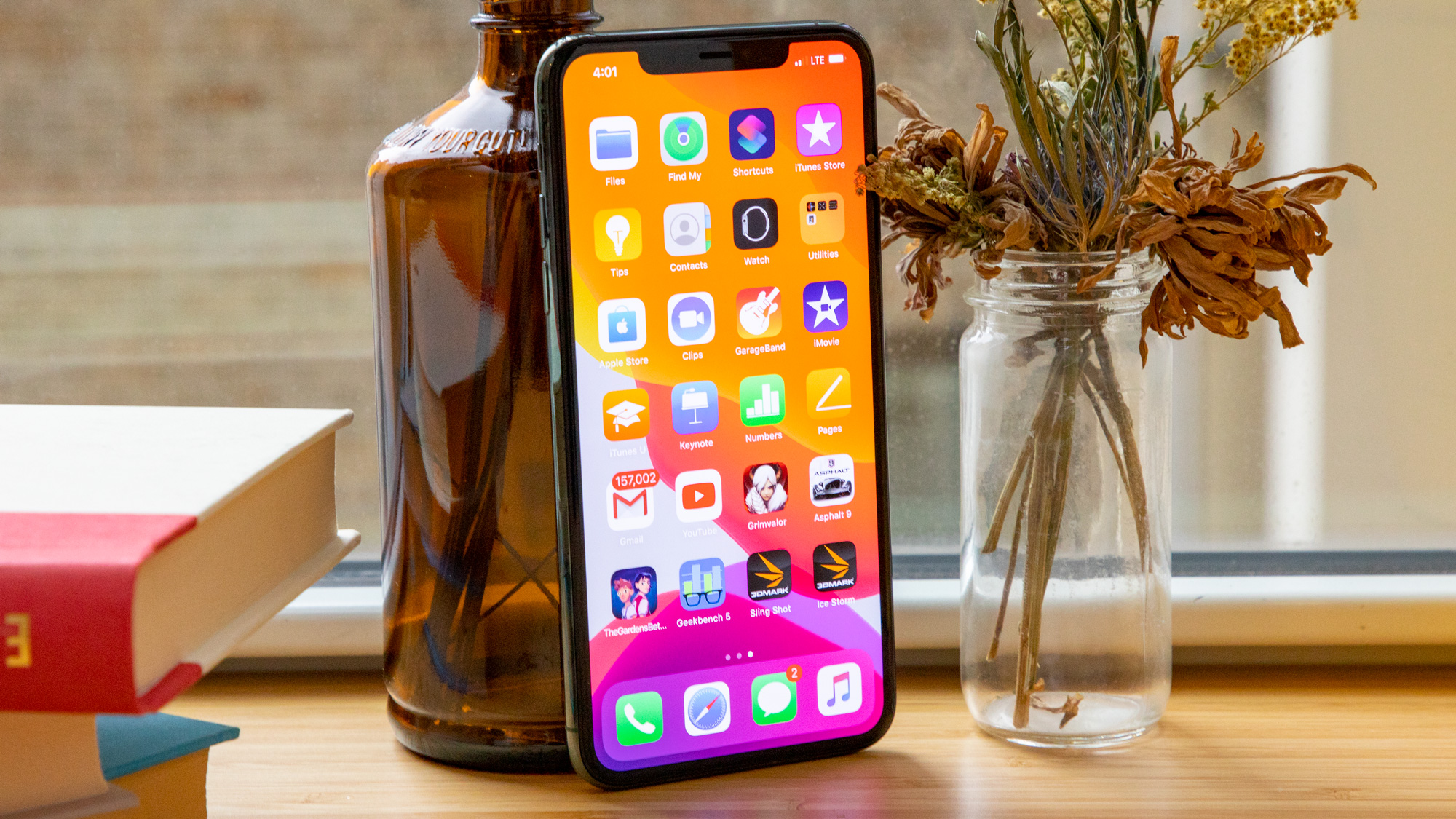
The iPhone 11 Pro
One way some companies are further improving their displays is by upping the refresh rate from the standard 60Hz. The OnePlus 7 Pro for example has an optional 90Hz refresh rate, while the Razer Phone 2 goes up to 120Hz.
This can help make interactions with the handset and animations feel silky smooth, so we’d like to see Apple offer a higher refresh rate of its own. It’s not out of the question, especially as some iPad Pro models have a refresh rate of up to 120Hz. Indeed, exactly that refresh rate has been rumored for the upcoming iPhones.
5. Further battery boosts
For the first time in years, with the iPhone 11 range it feels like Apple has really prioritized battery life in its phones, but we want the company to go even further with the iPhone 12. Or at the very least not go backwards.
We’re still waiting on an iPhone that can comfortably last two days, and we’d like the iPhone 12 (or at least the iPhone 12 Pro Max) to be it.
6. 5G support

Samsung's Galaxy S10 Plus 5G
Apple is behind when it comes to 5G, as none of the iPhone 11 range offer it, while rival handsets like the Samsung Galaxy S20 family and OnePlus 7 Pro 5G do.
Apple’s lack of support isn’t a big deal right now, as 5G coverage is still very sparse in most countries, but by the time the iPhone 12 launches it will be more widely available and a large number of other handsets will support it, so it will be time for Apple to jump on board.
The good news is that it’s heavily rumored that 2020’s iPhones will support 5G, so this is one thing we’re likely to get.
7. A lower price
We ask for this every year with new iPhones and this year we actually kind of got it, with the base iPhone 11 starting at less than the iPhone XR did. So it’s actually not impossible that we could see an even lower price – or a reduced price for the rest of the range – with the iPhone 12.
We wouldn’t count on it, but Apple’s more affordable phones are typically its best-selling in recent years, so there should be some incentive to cut costs where possible.
- Check out the best free iPhone apps
